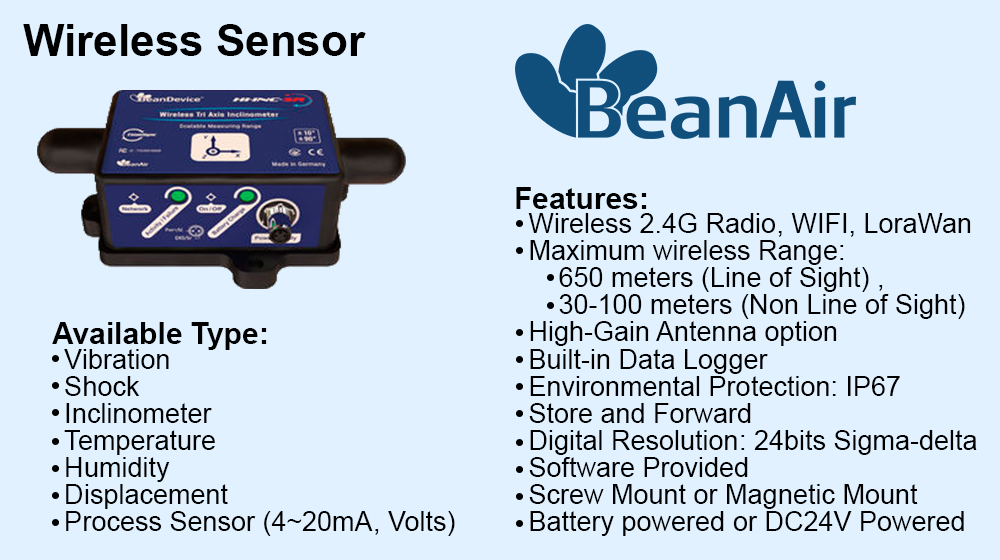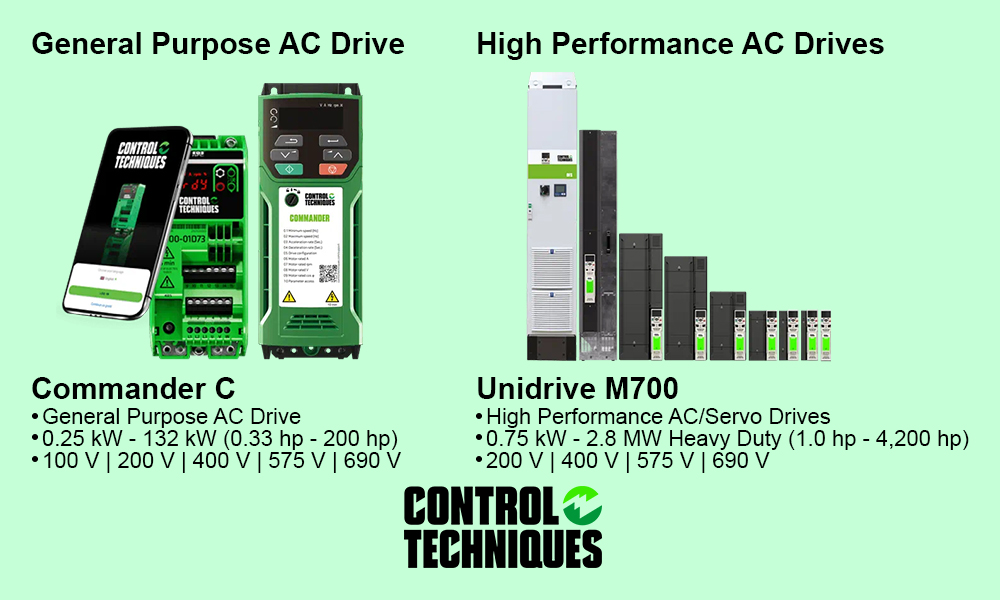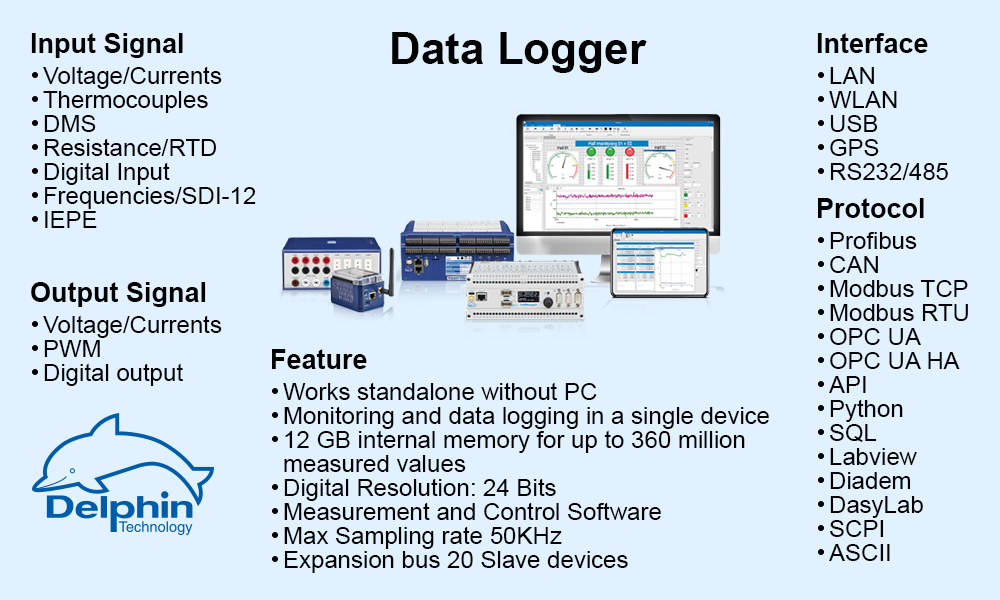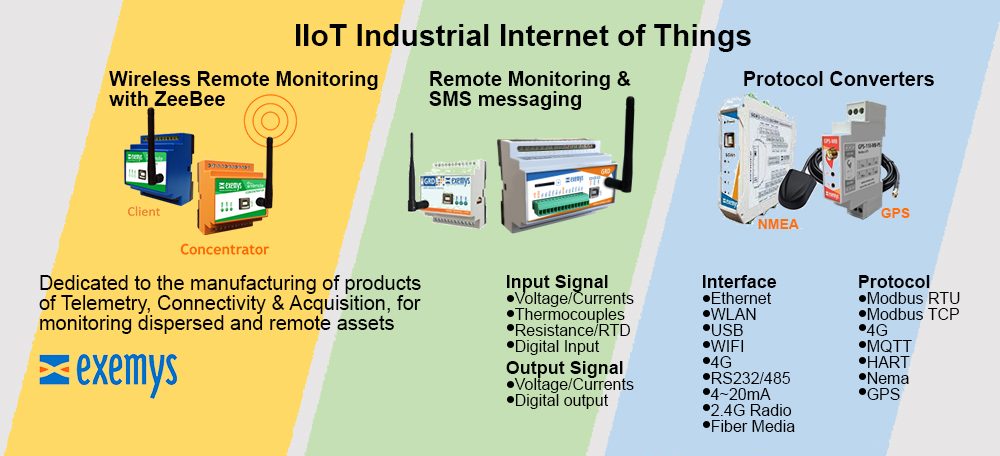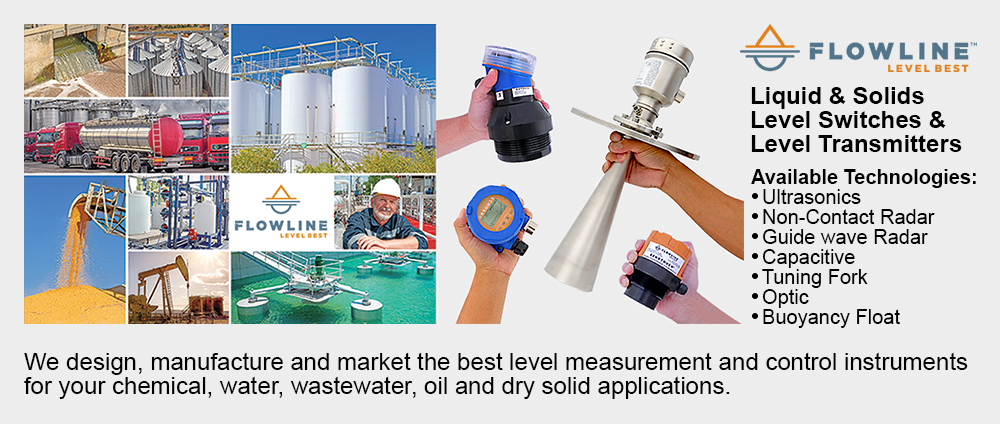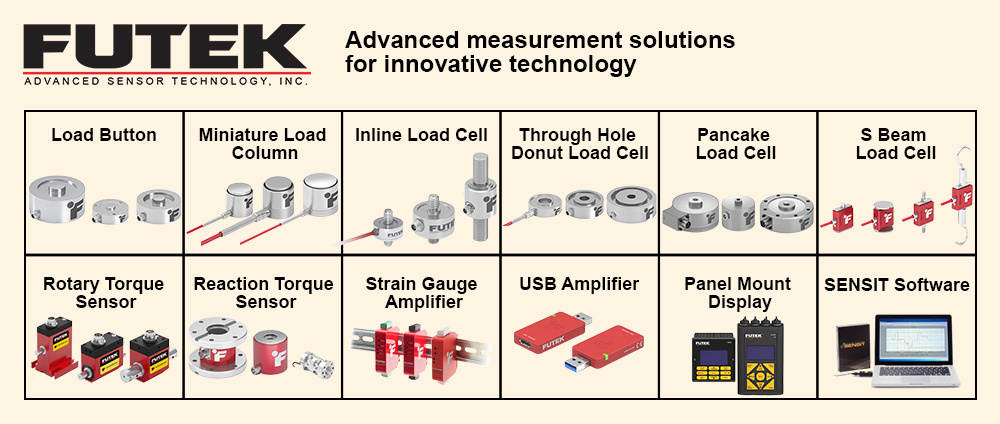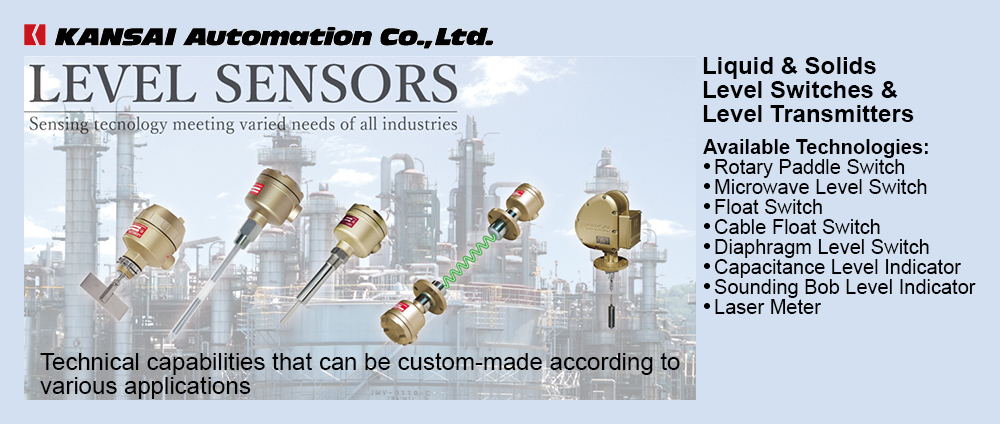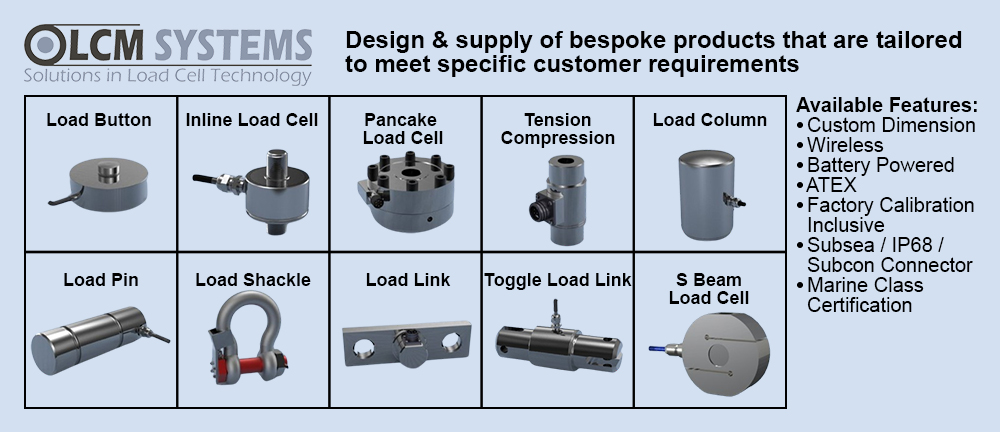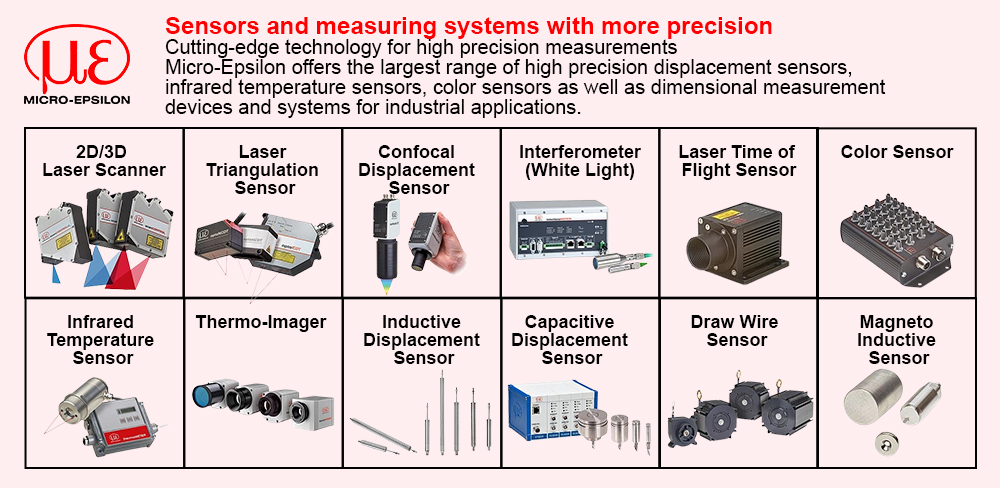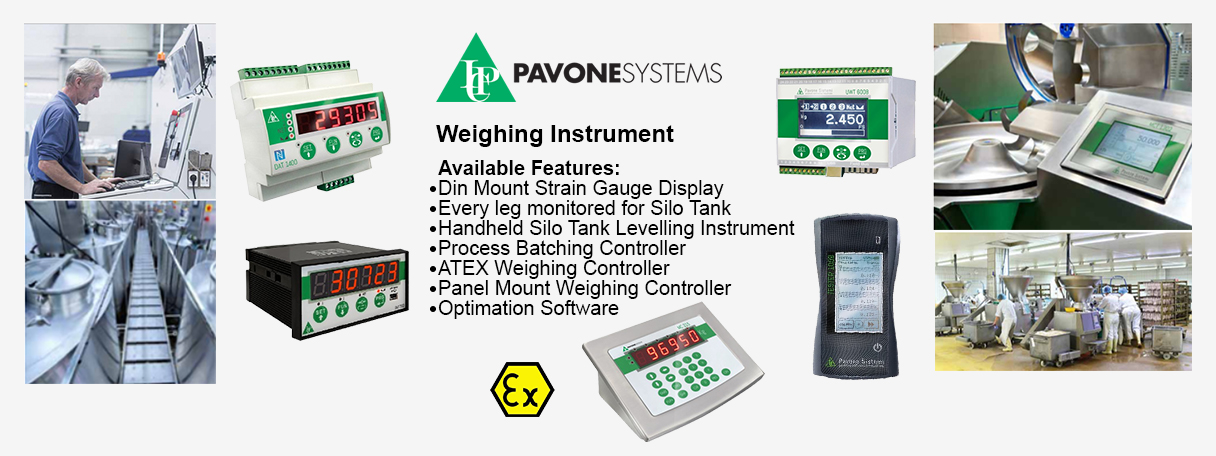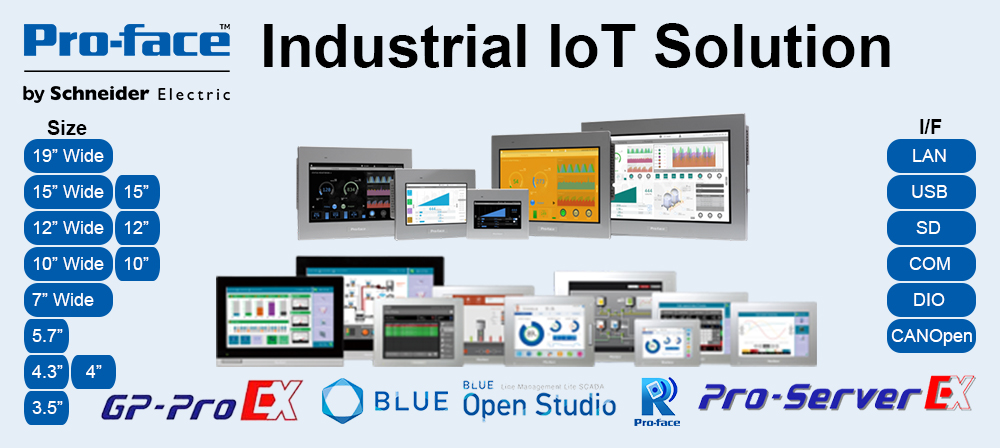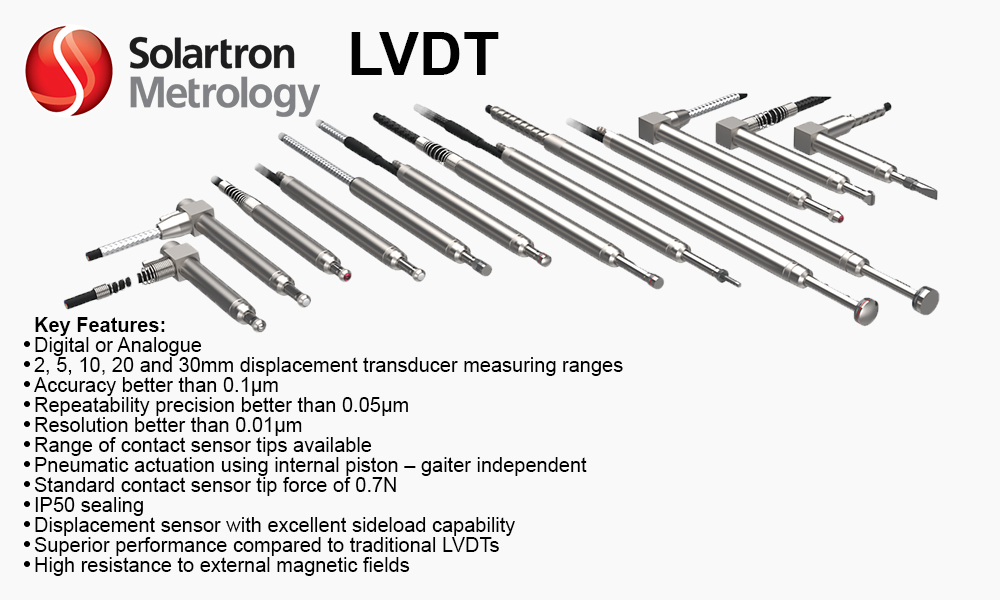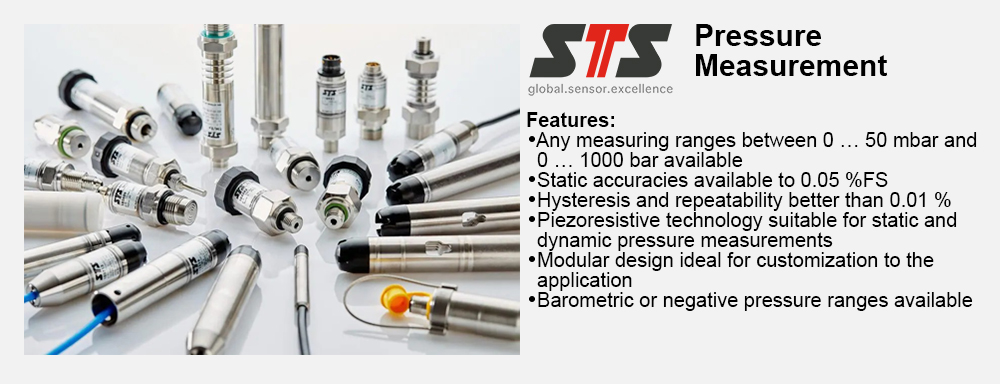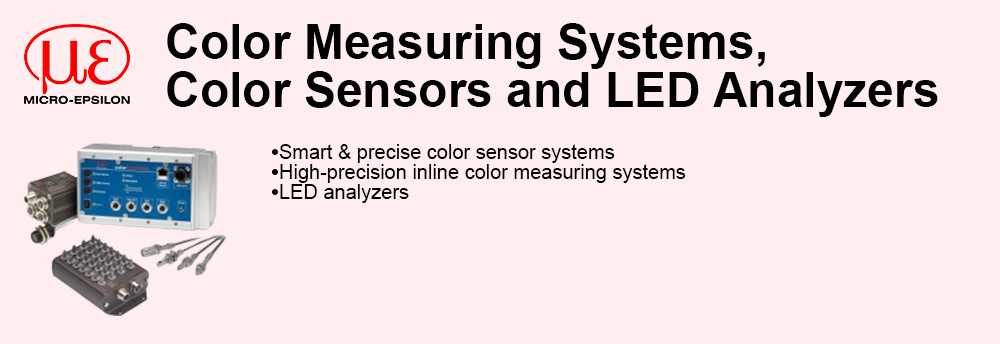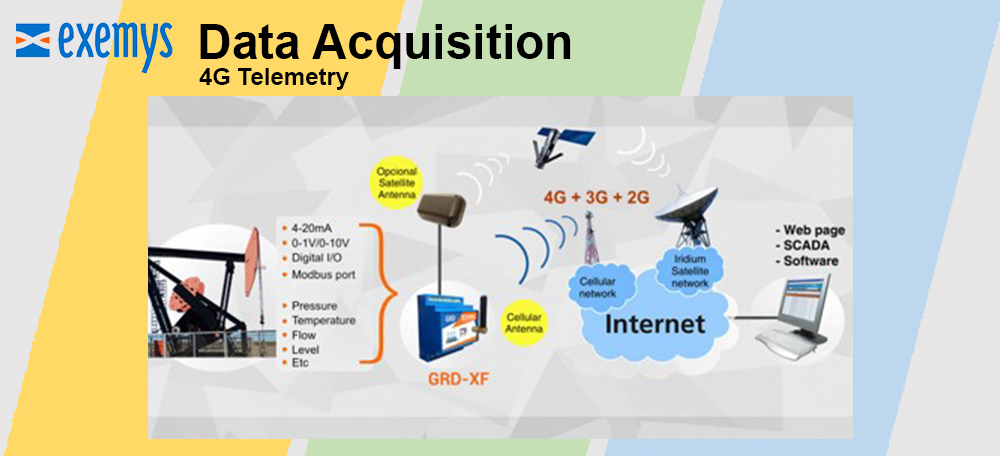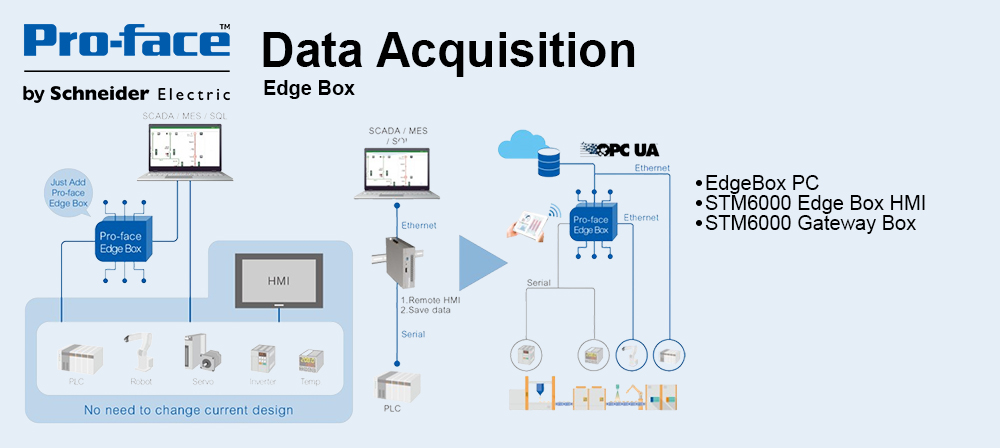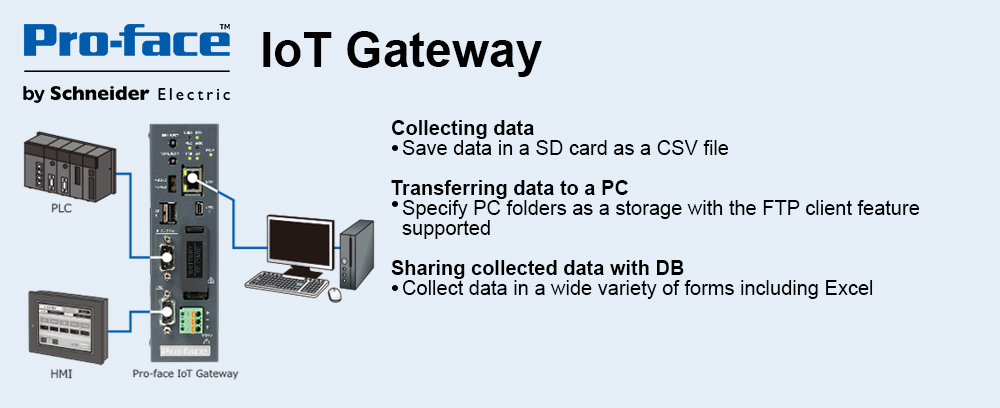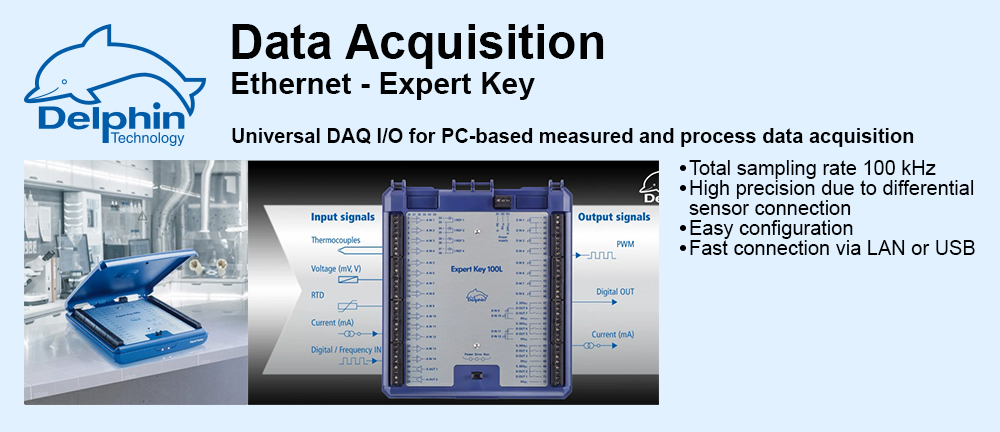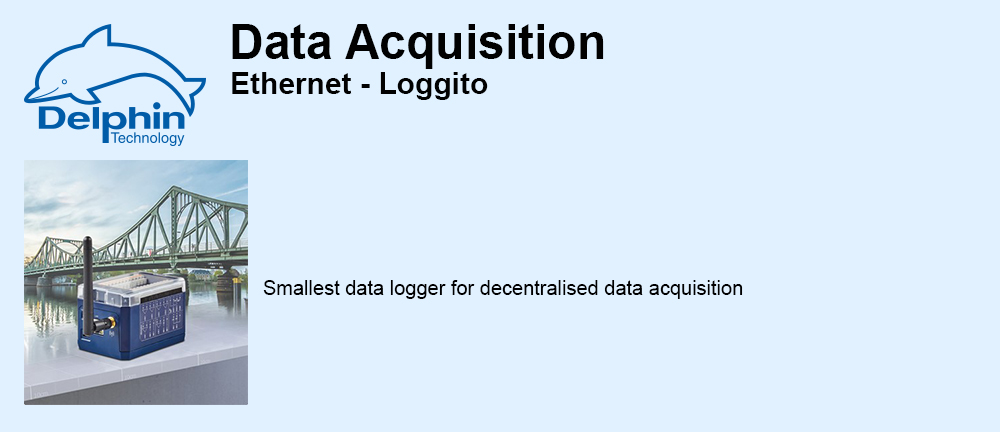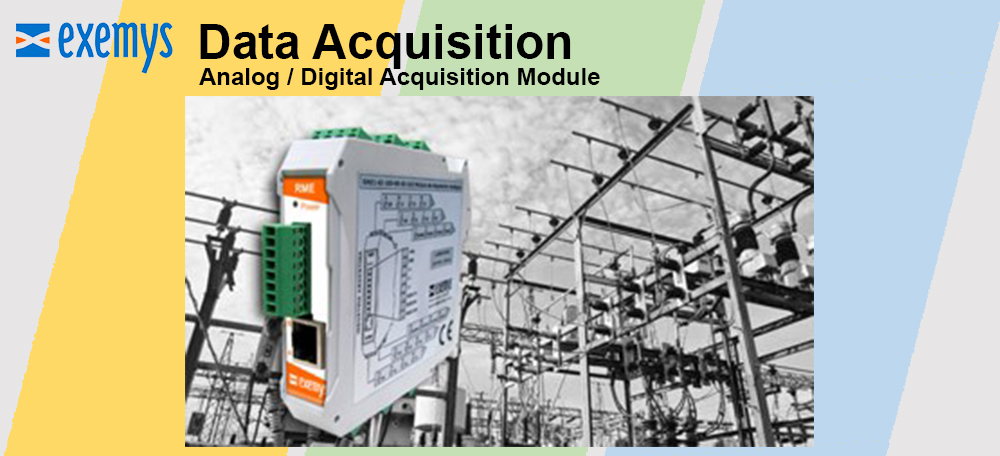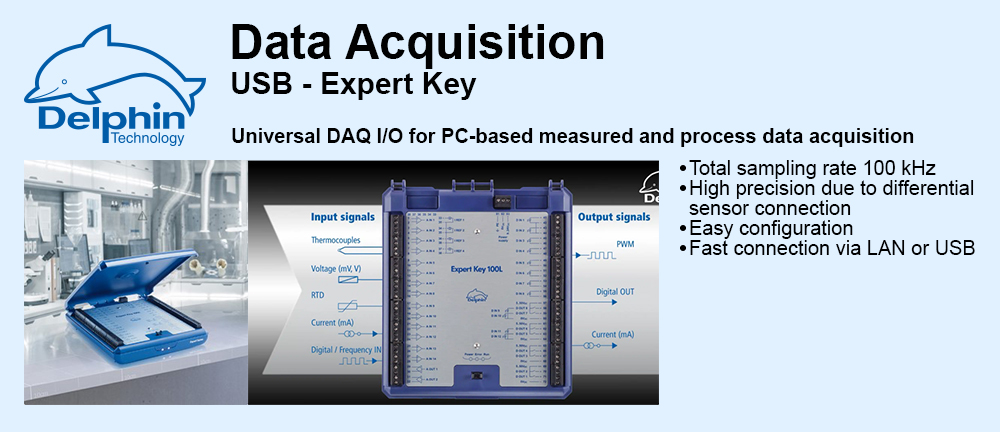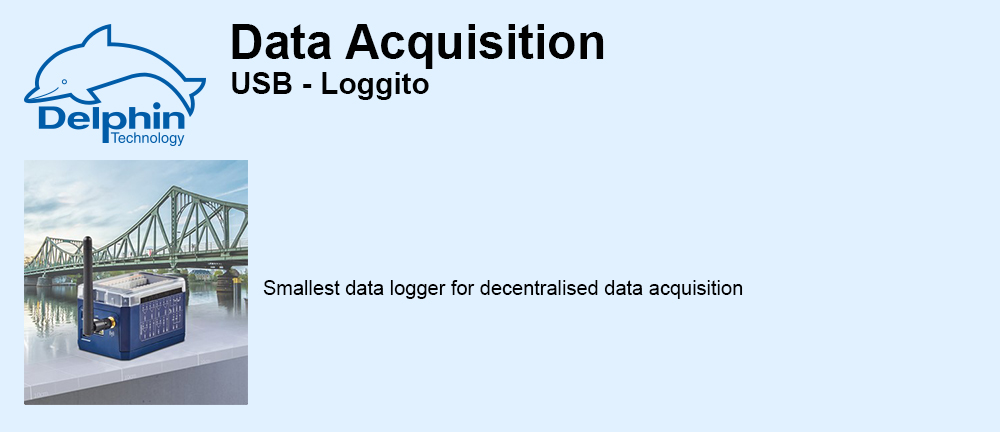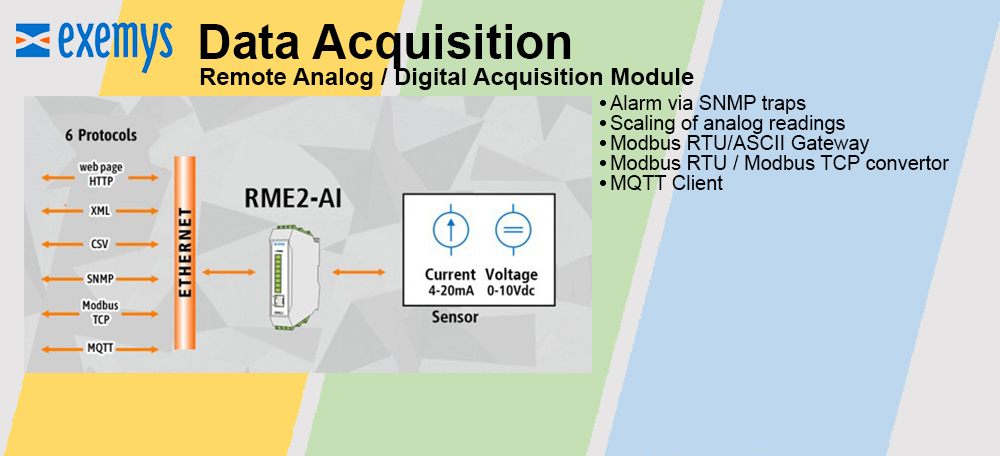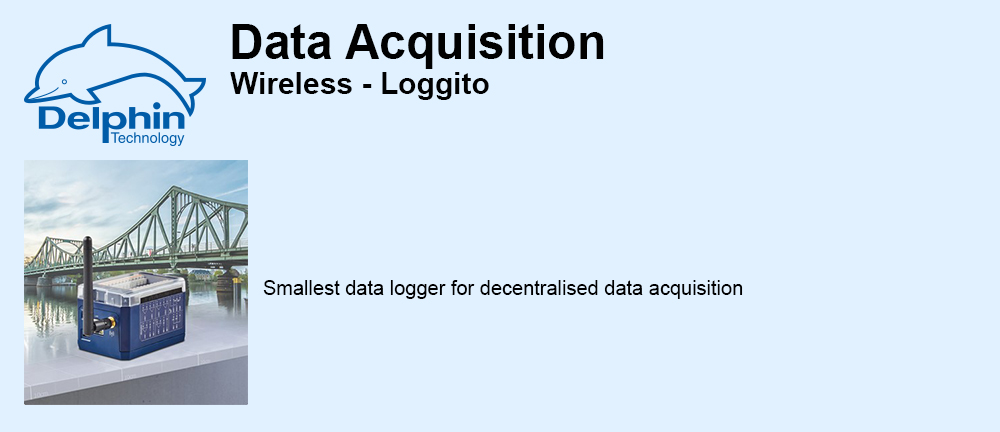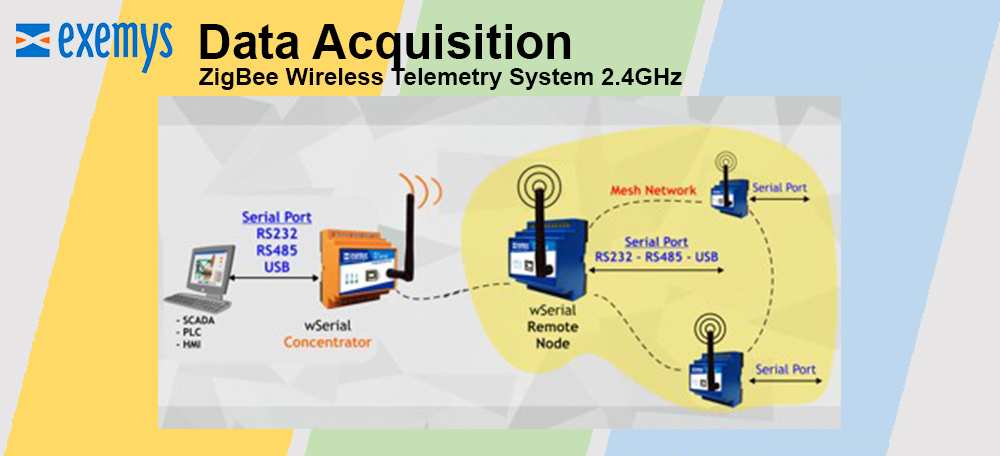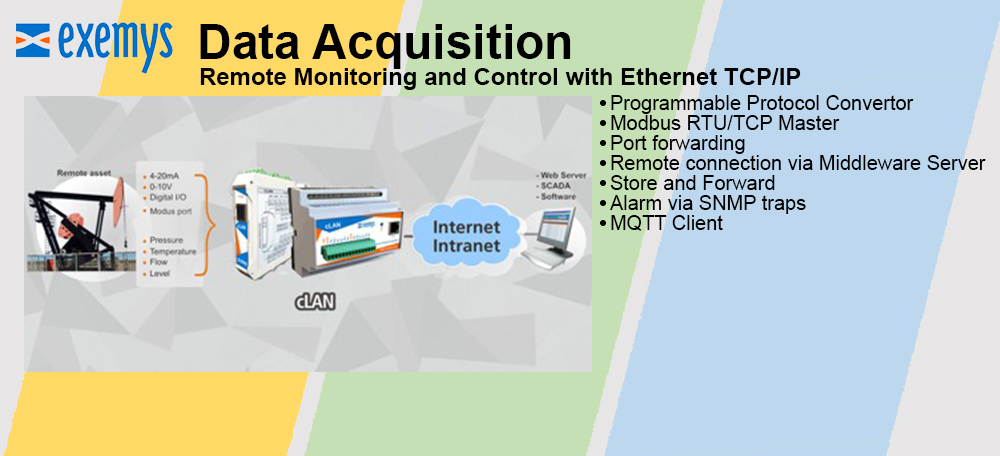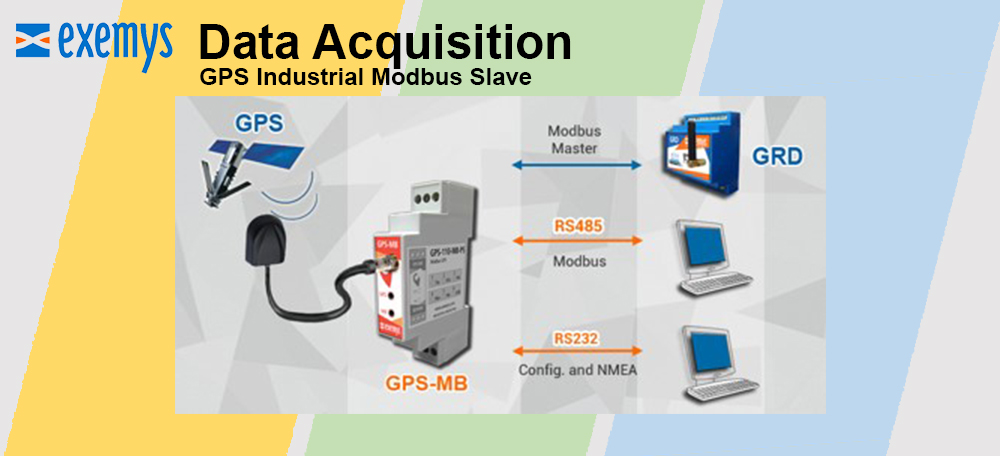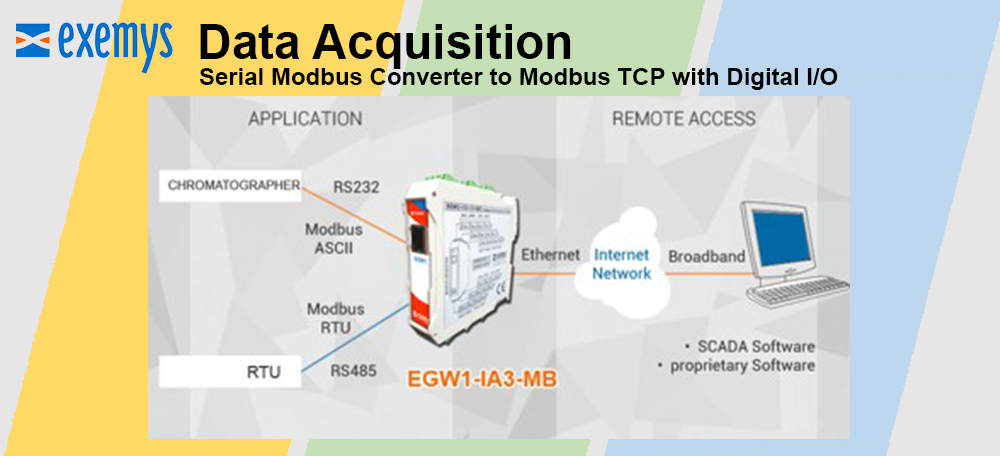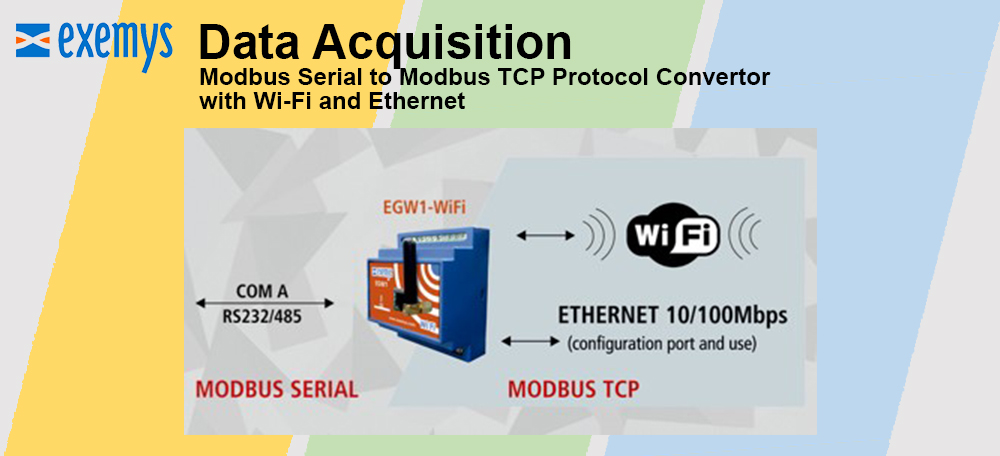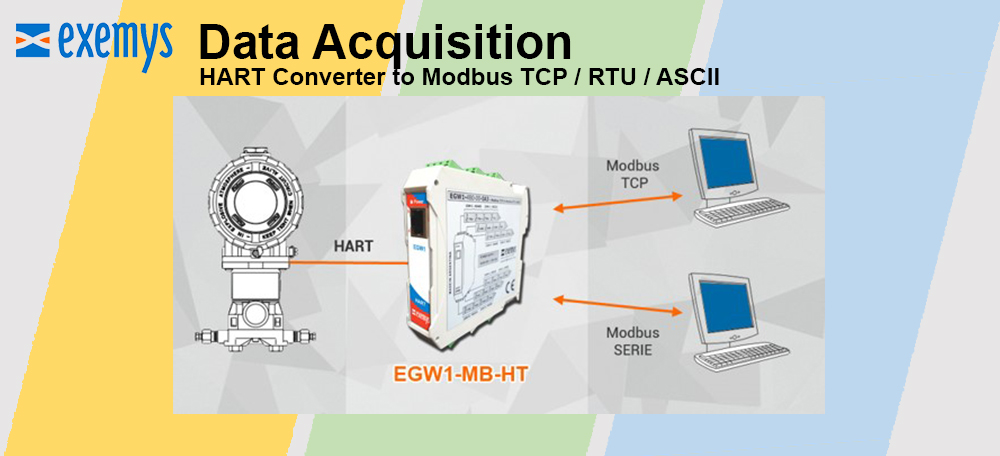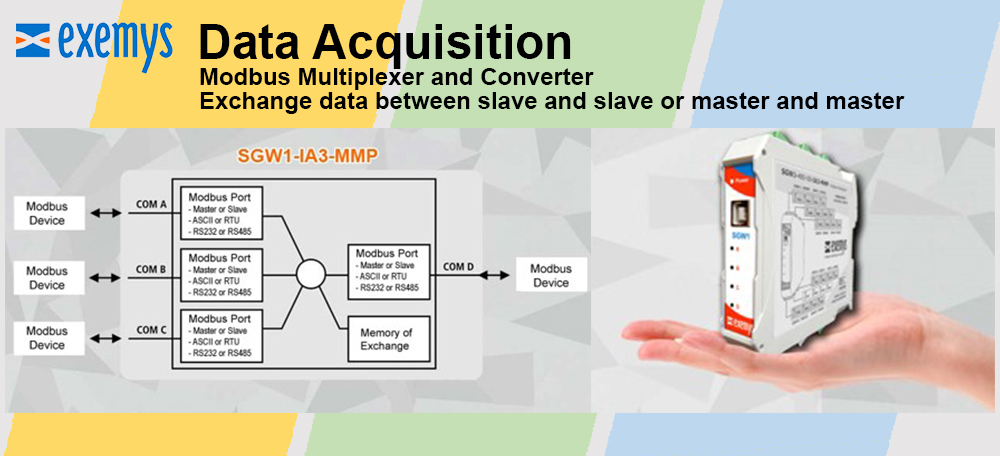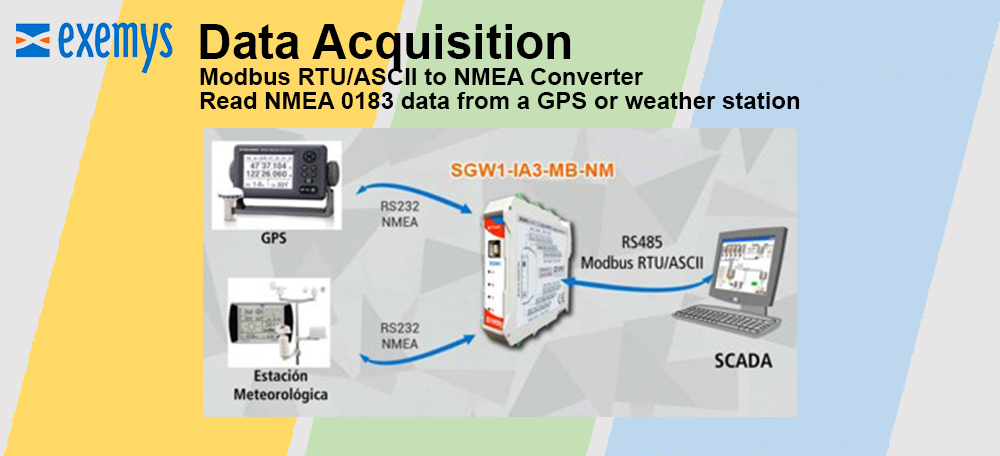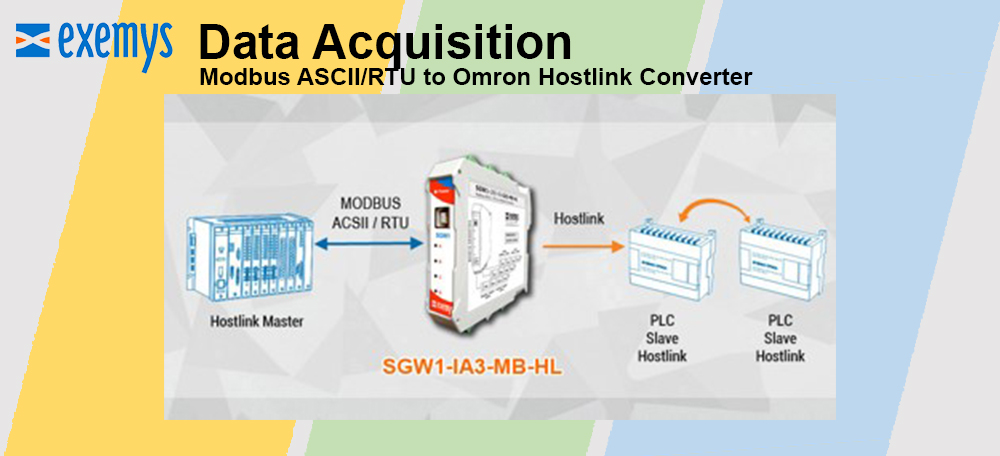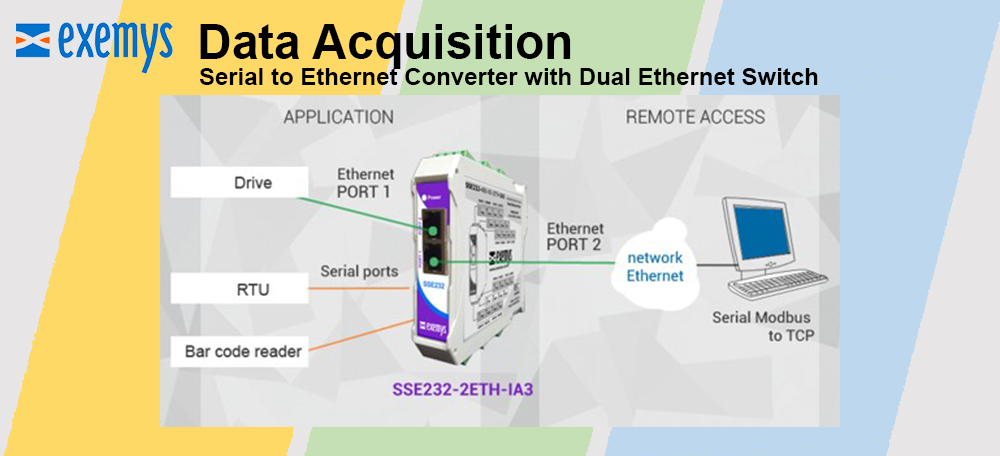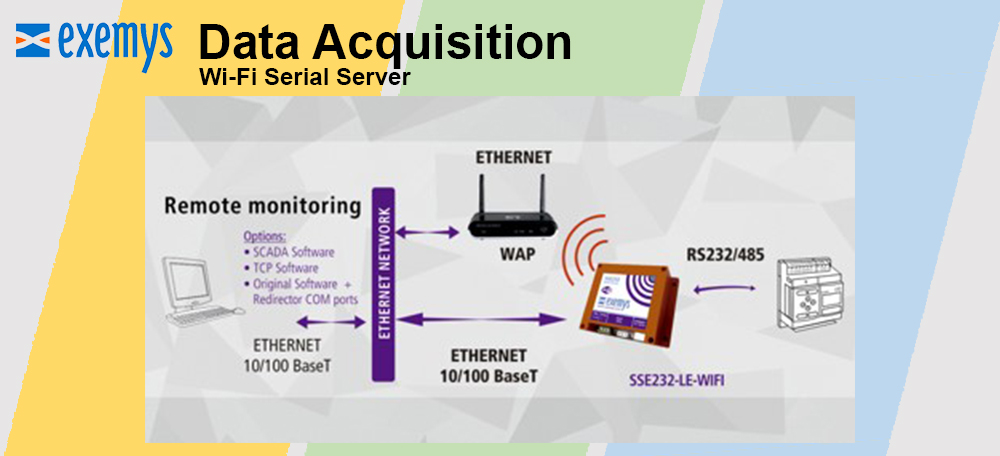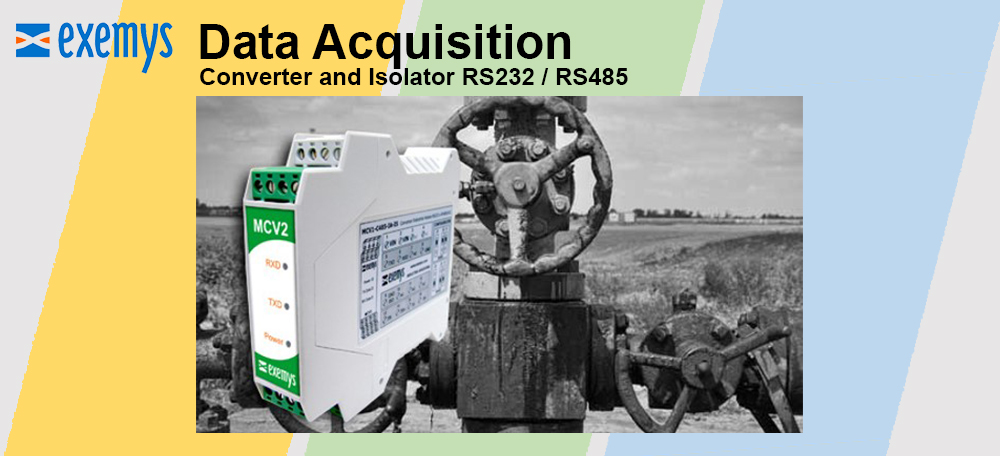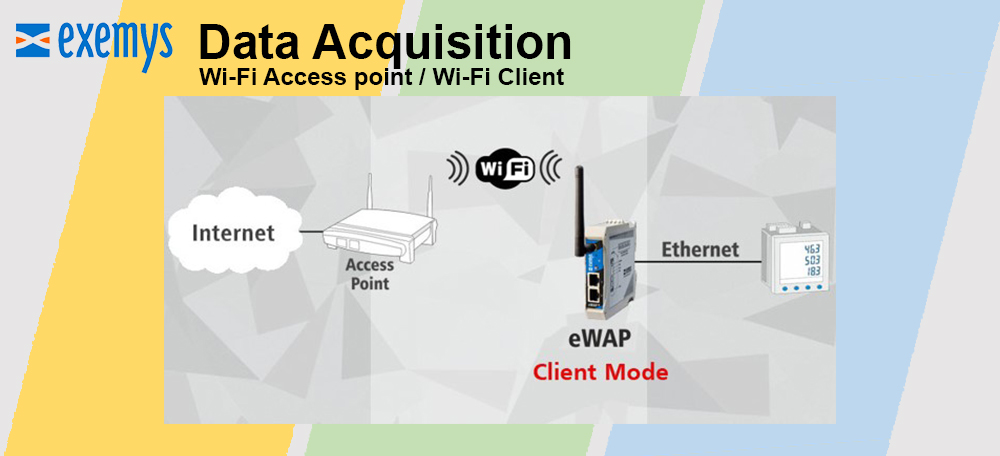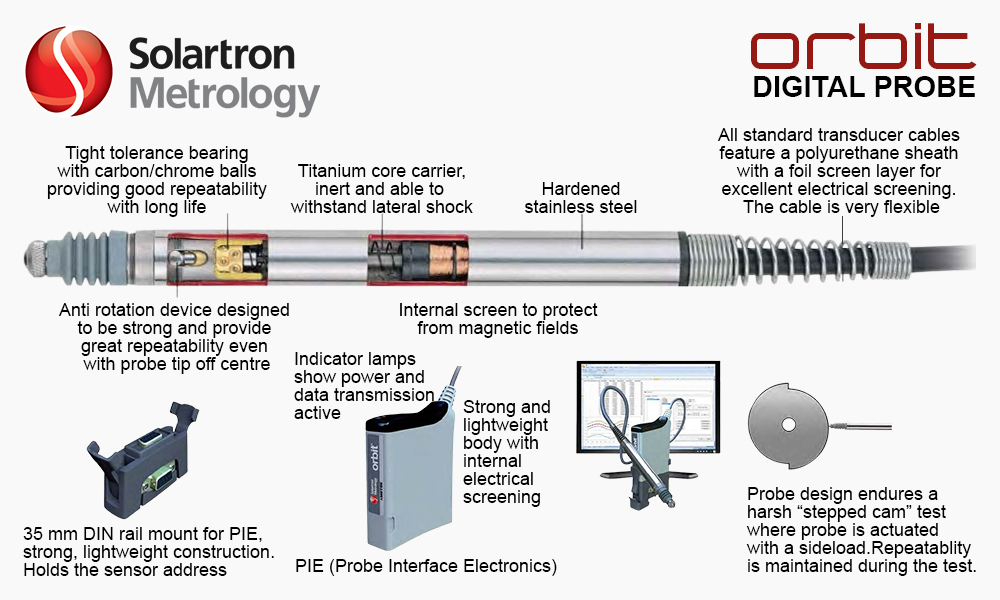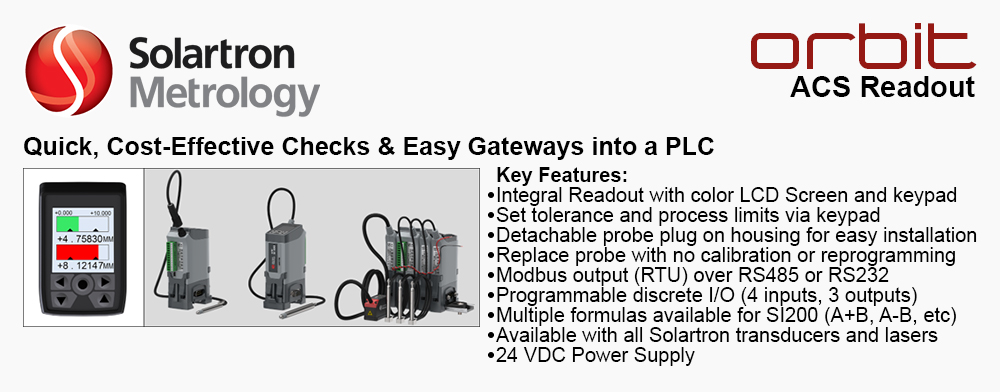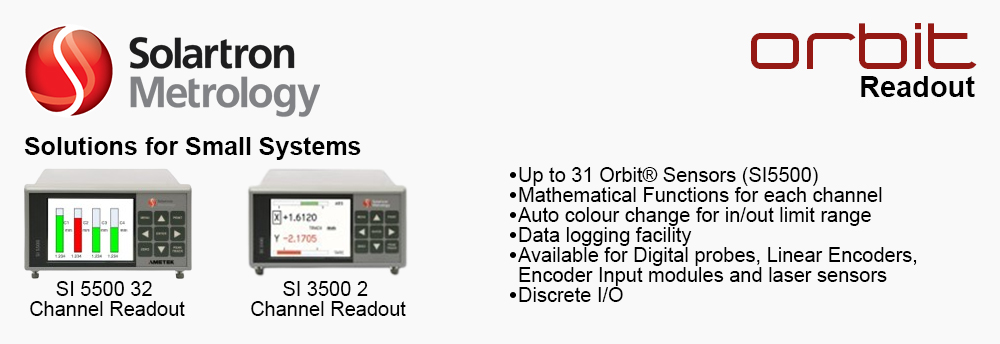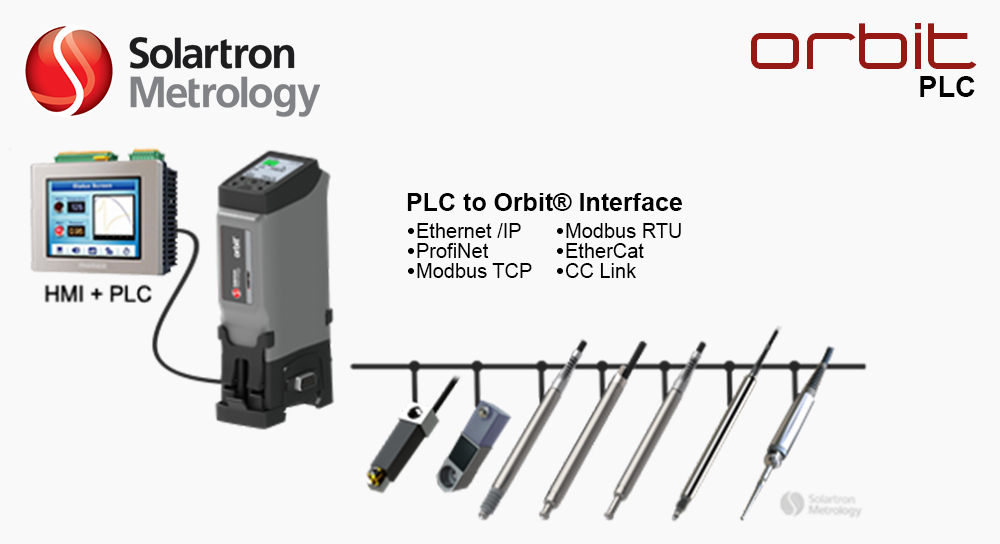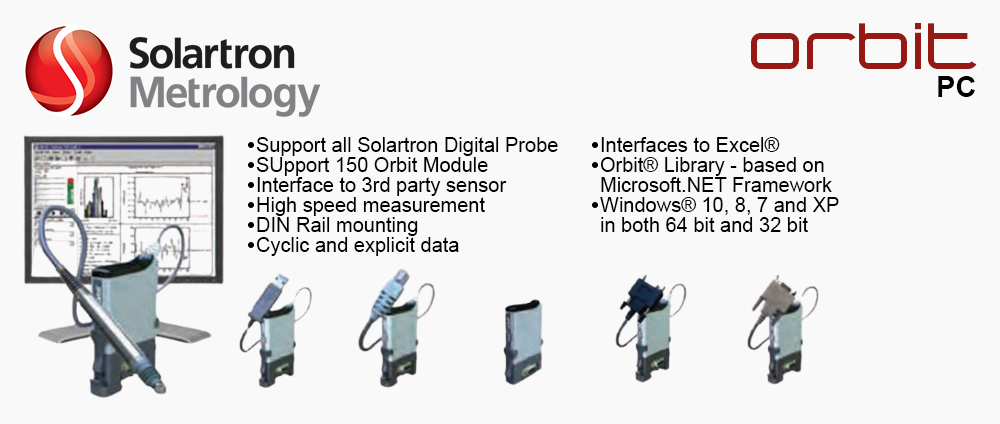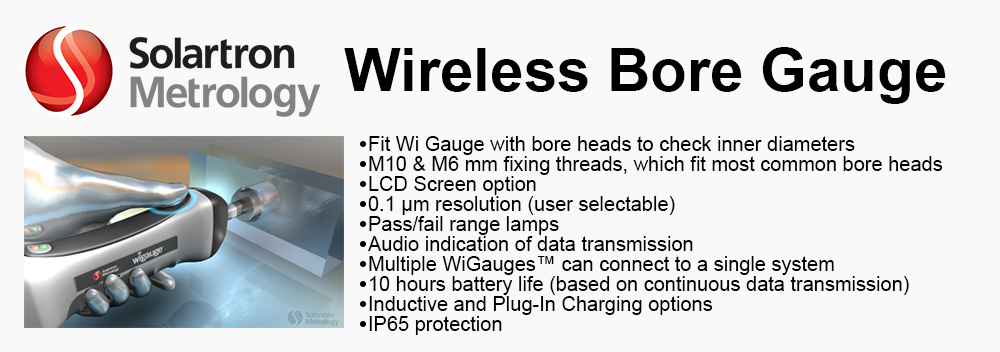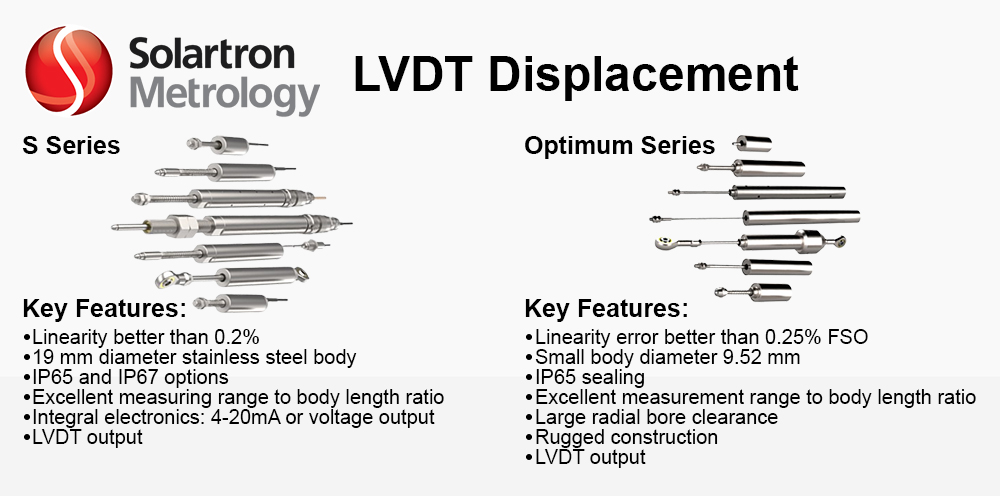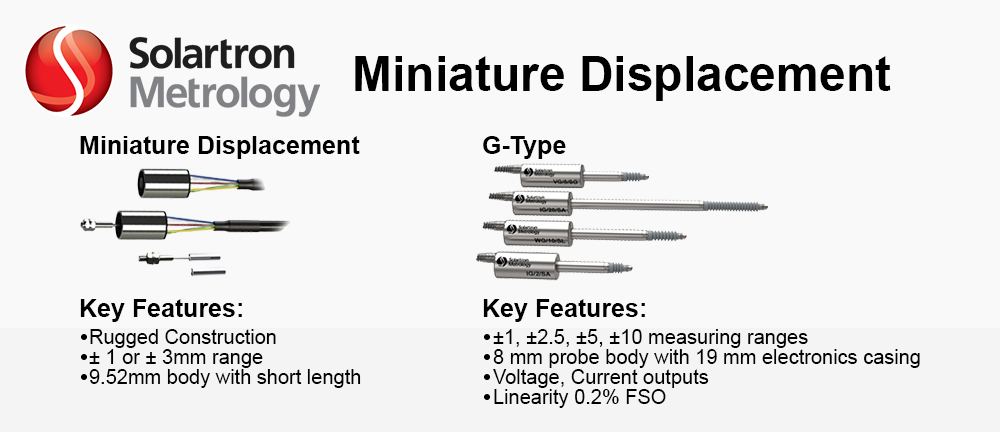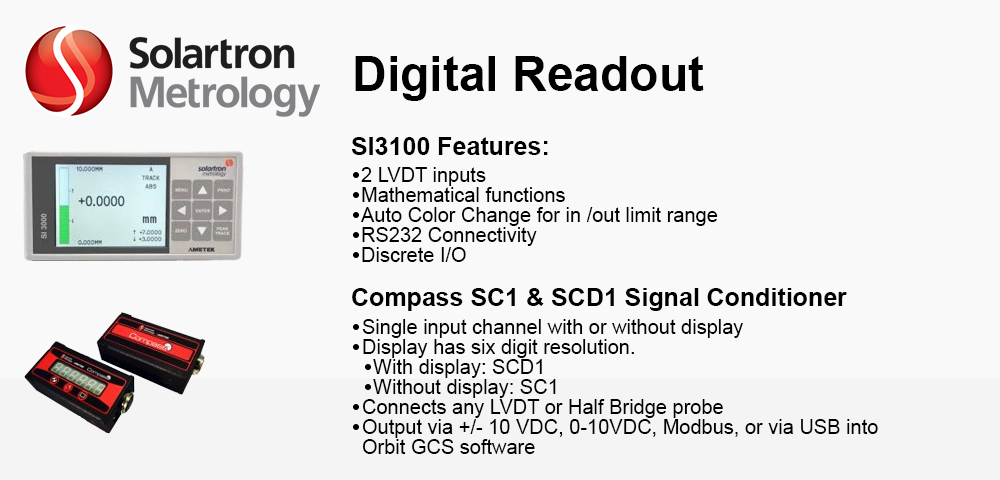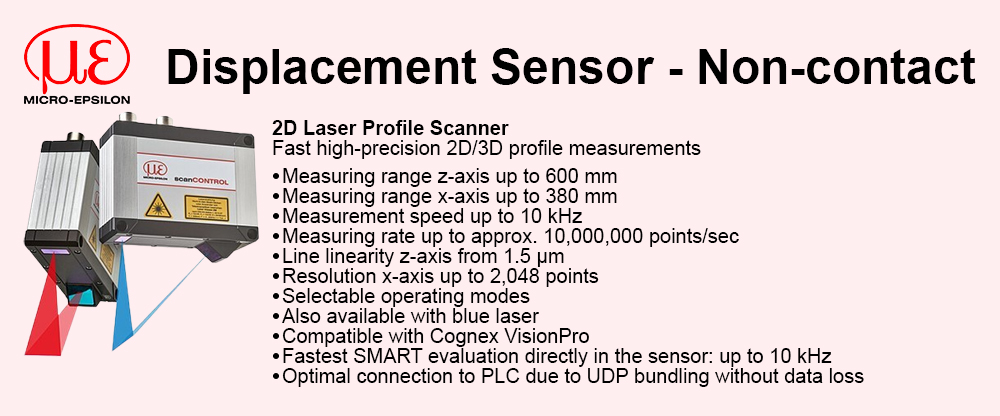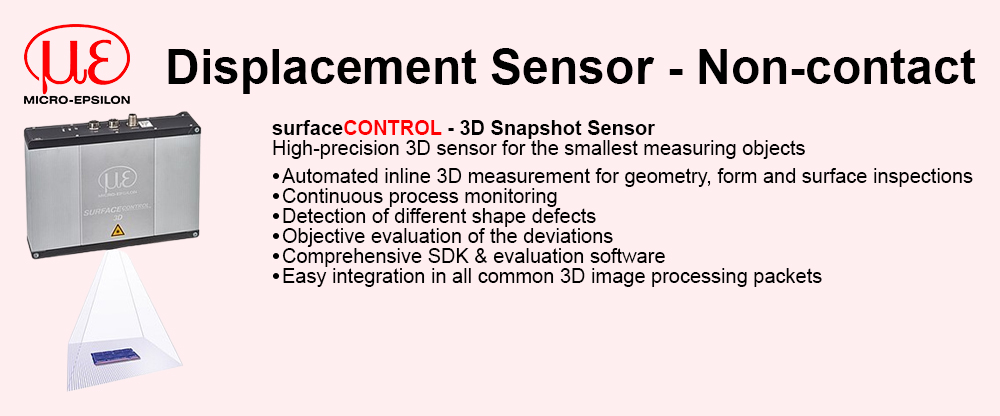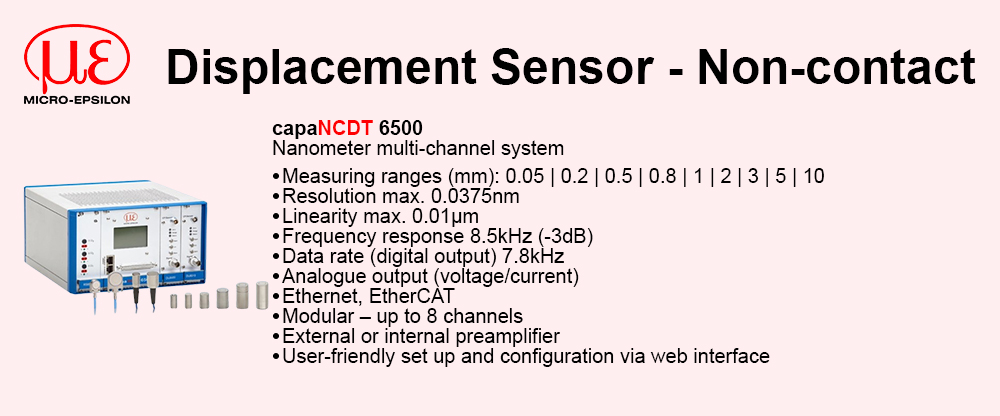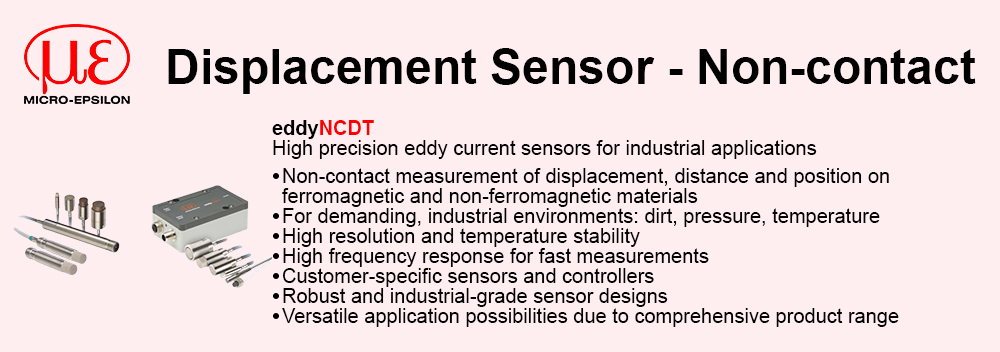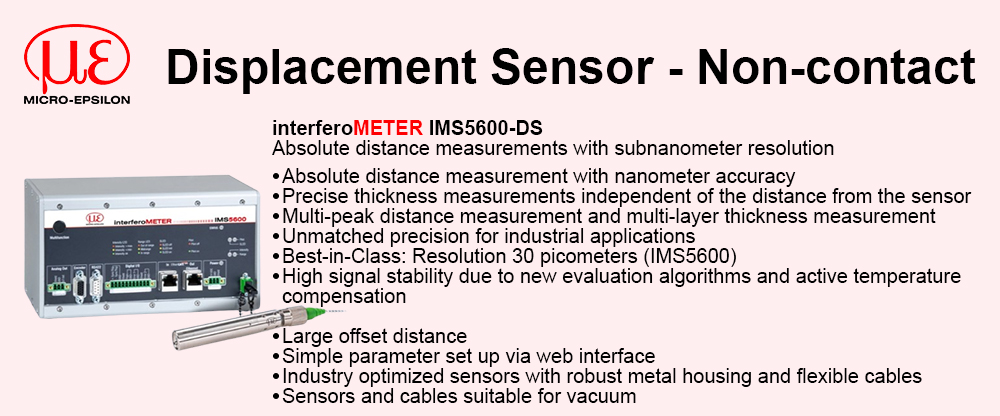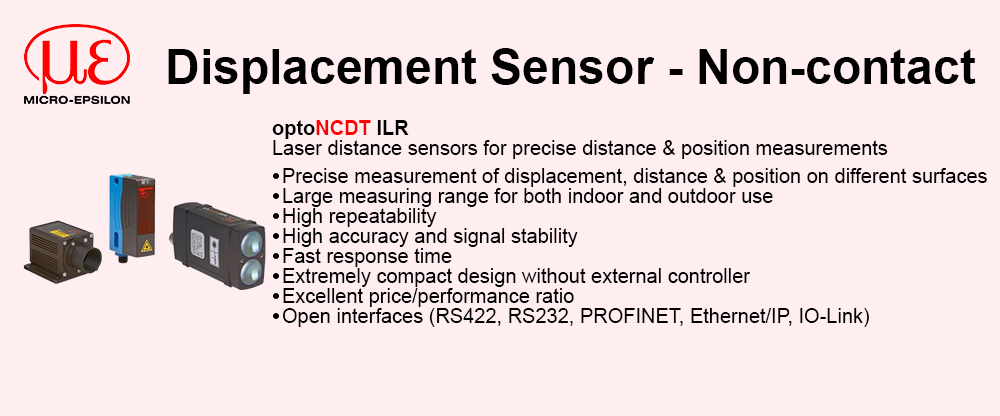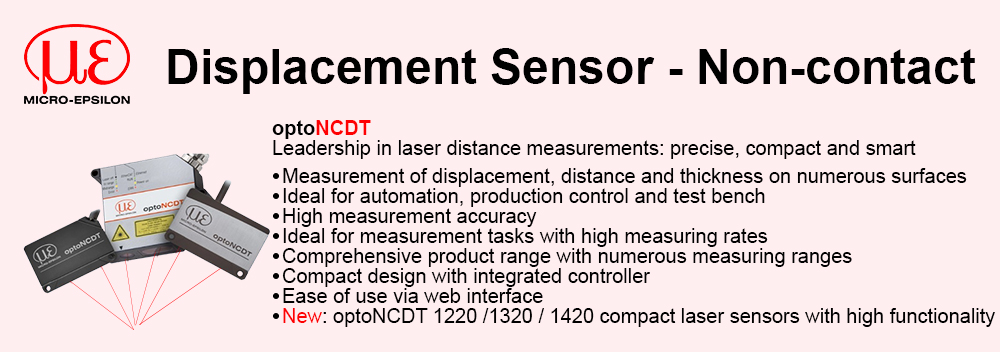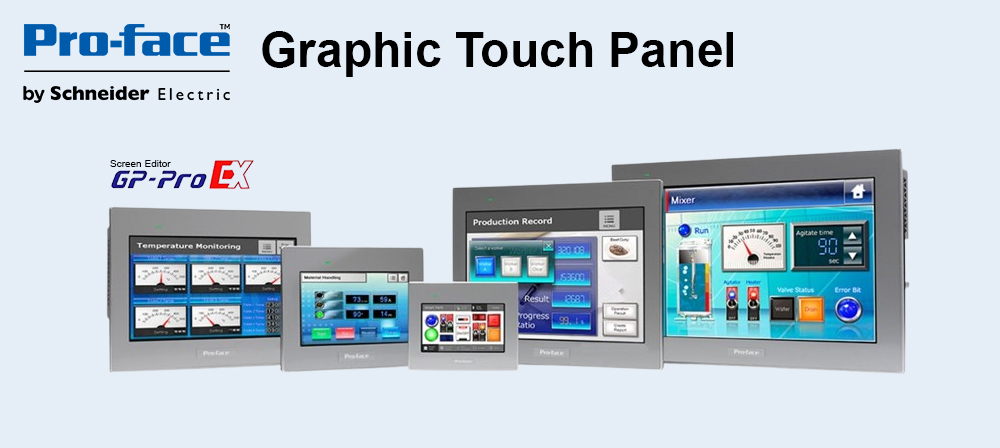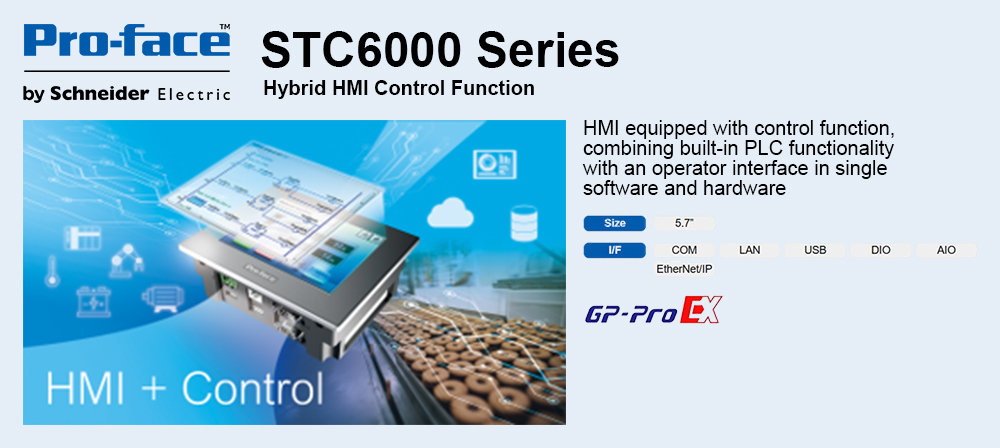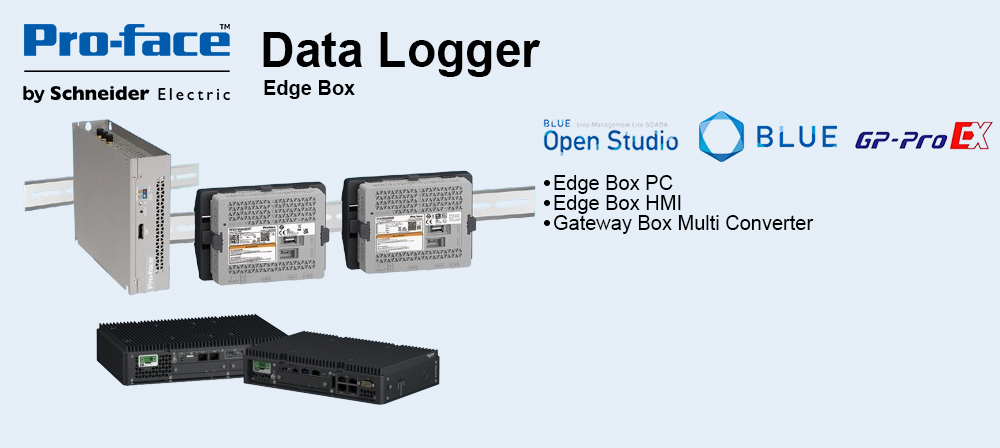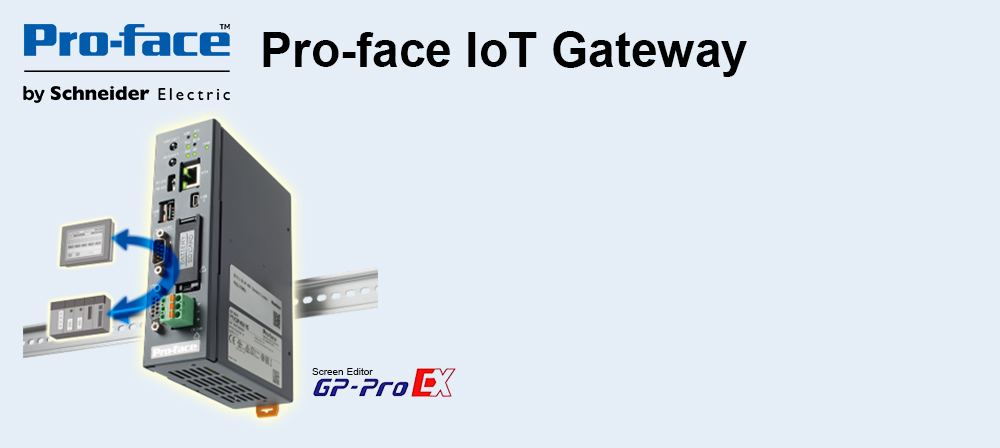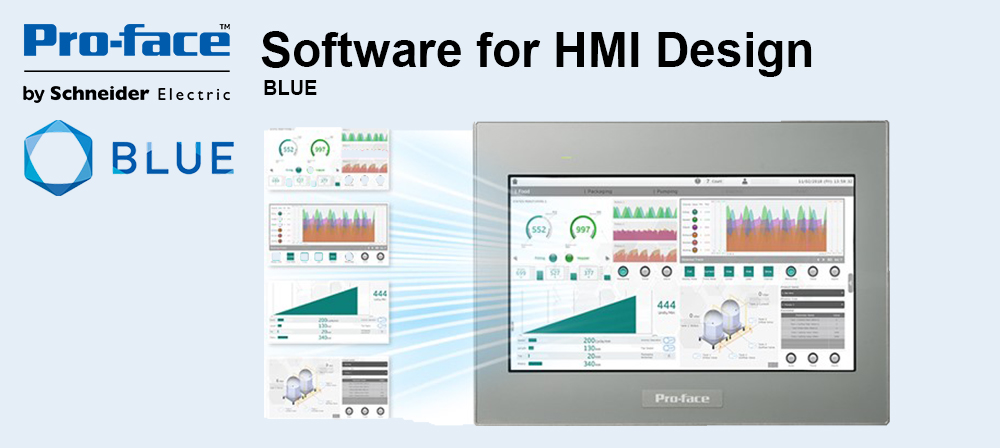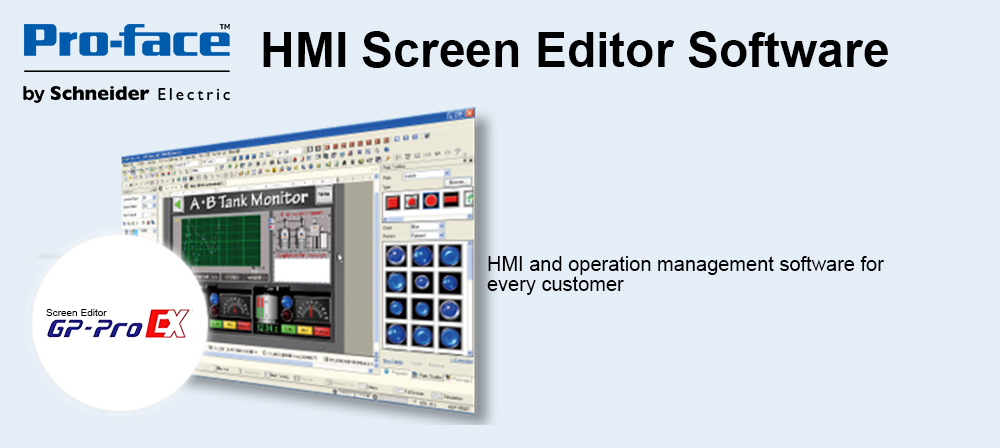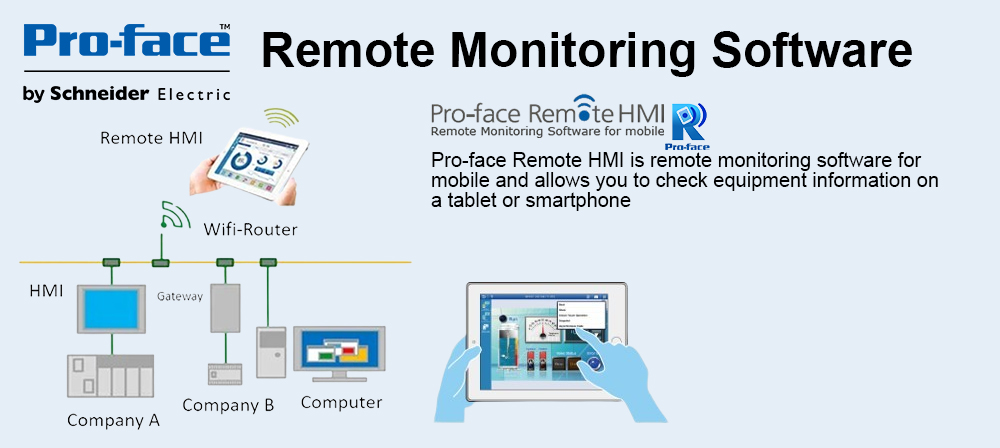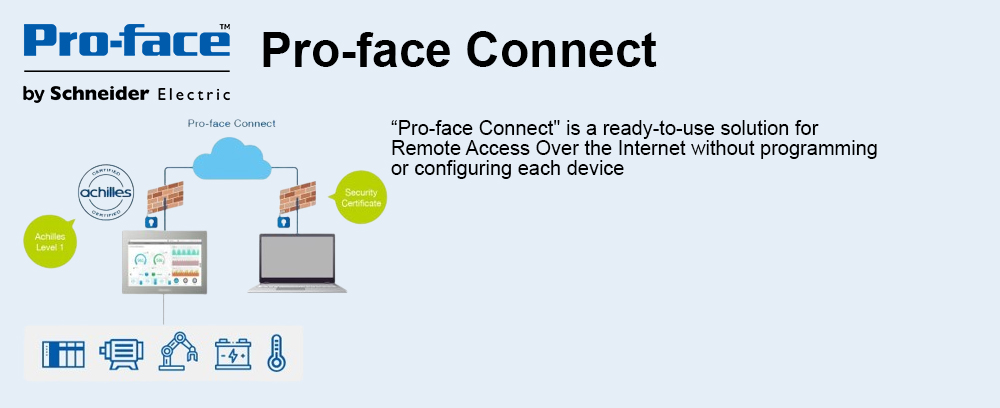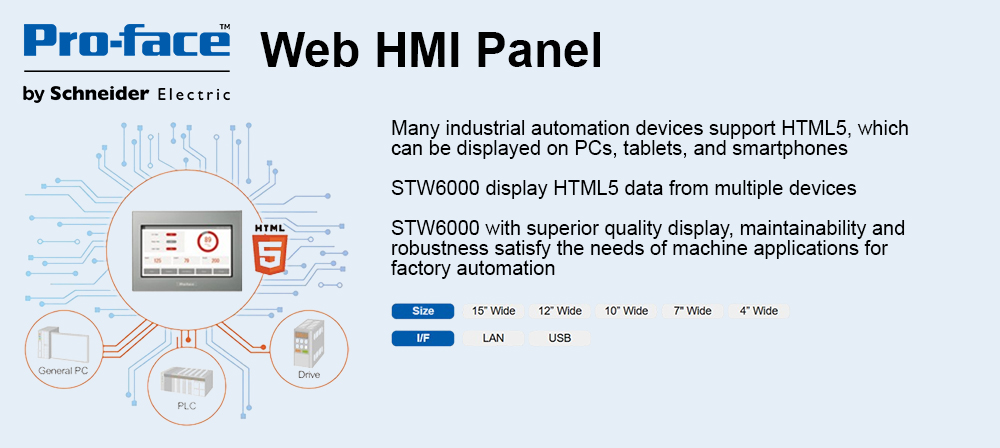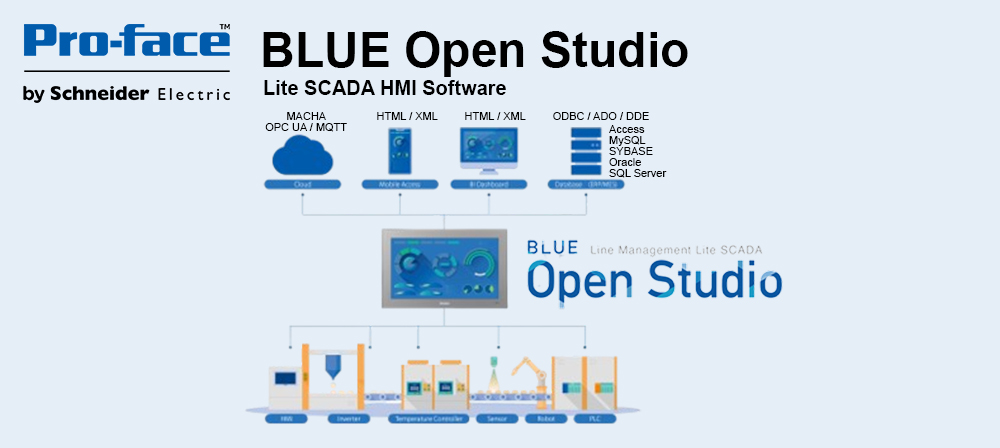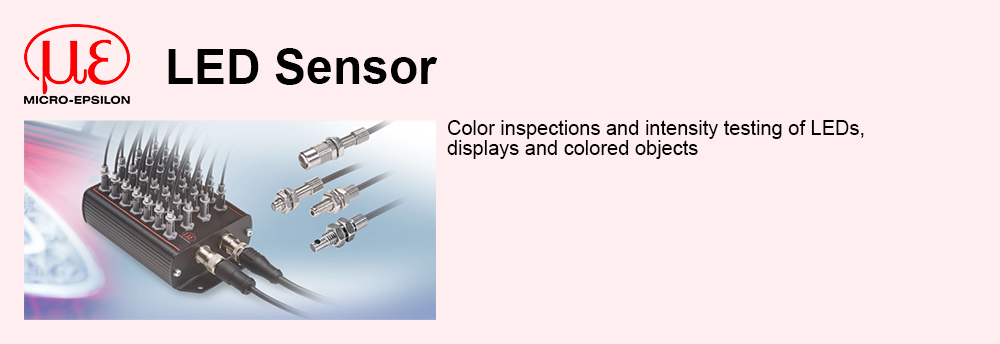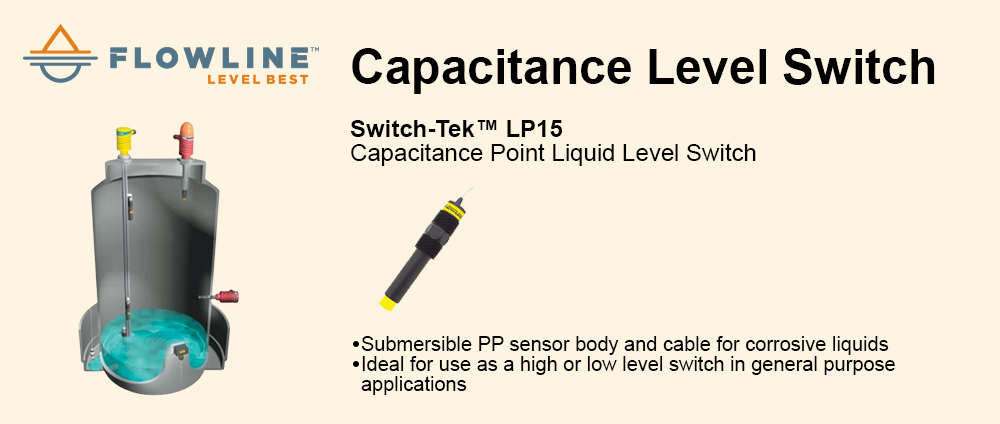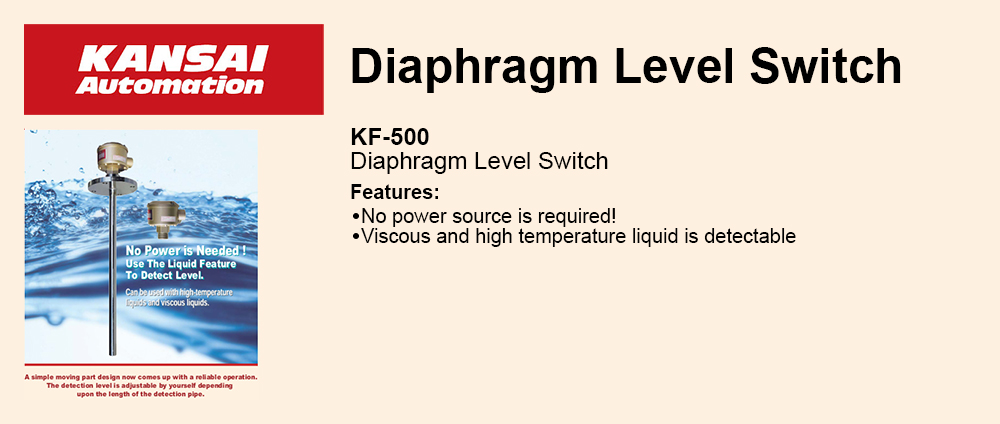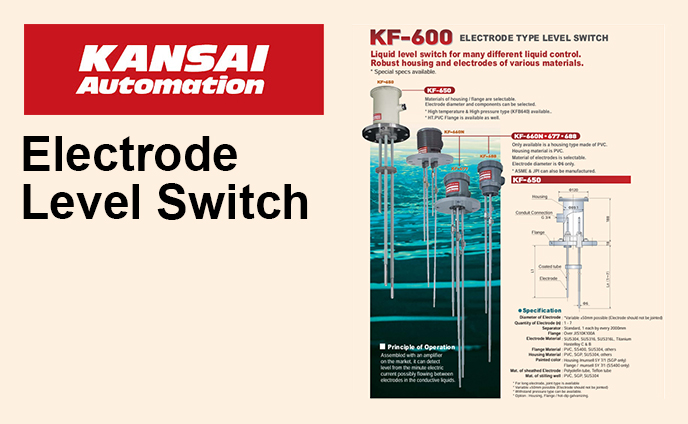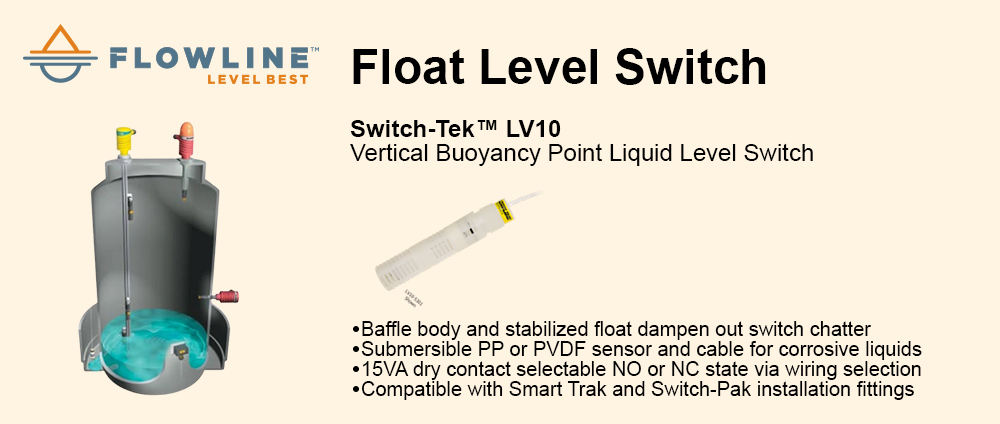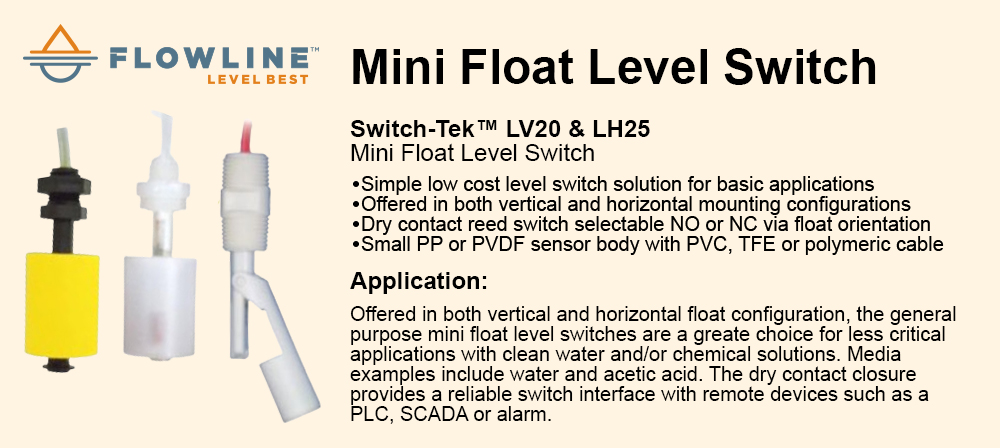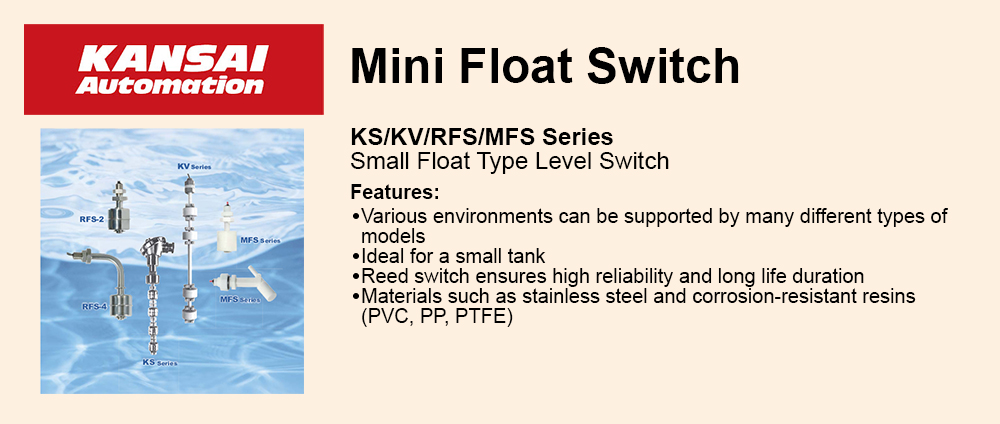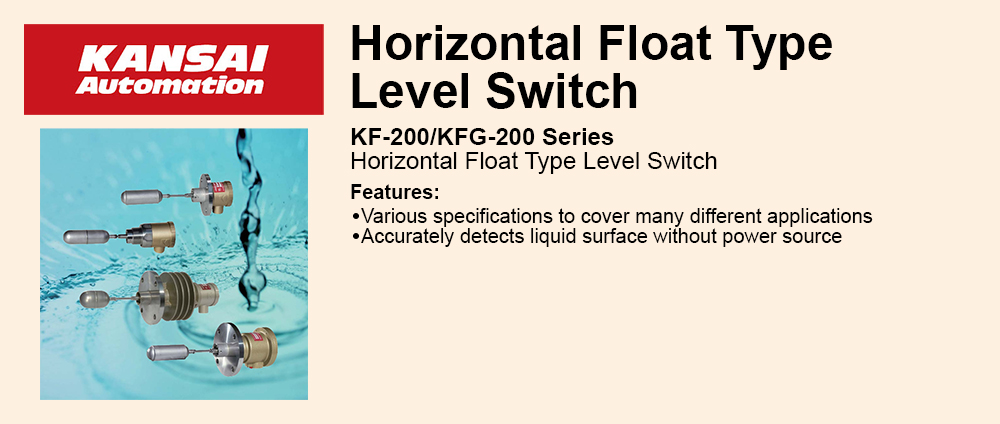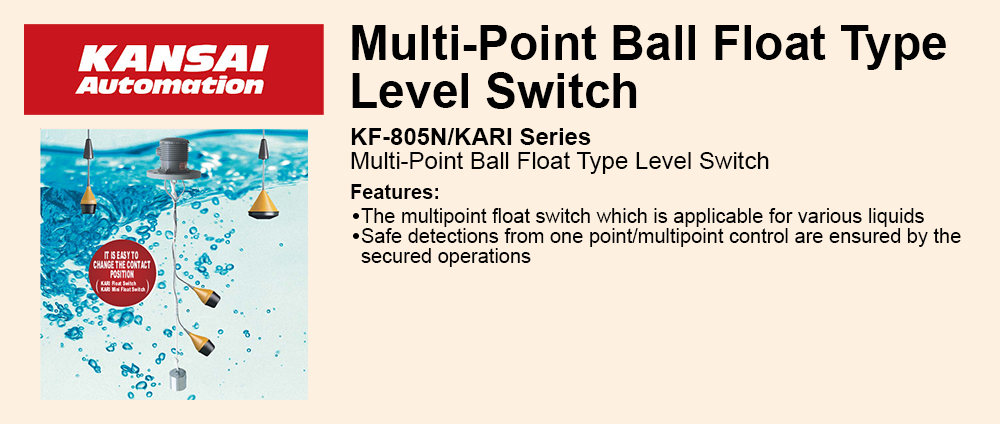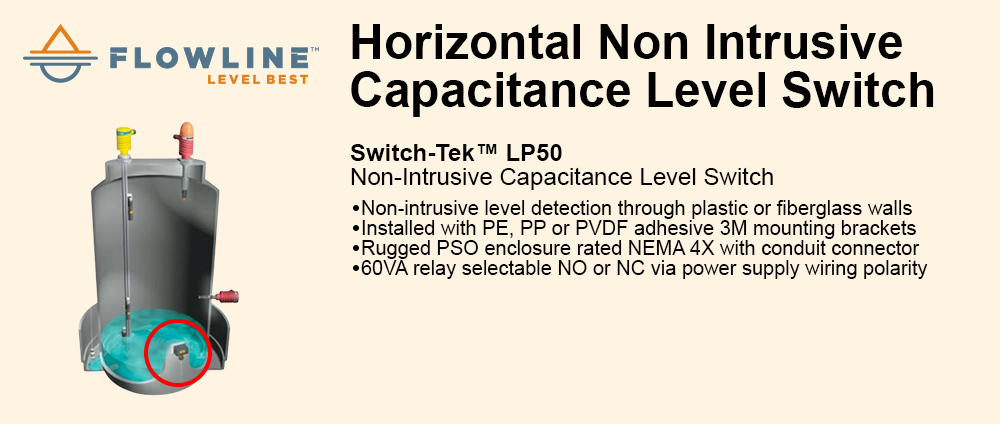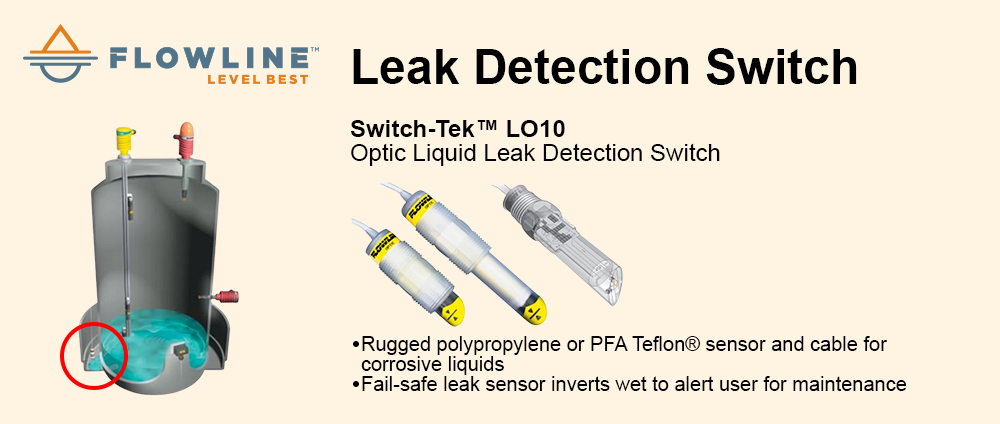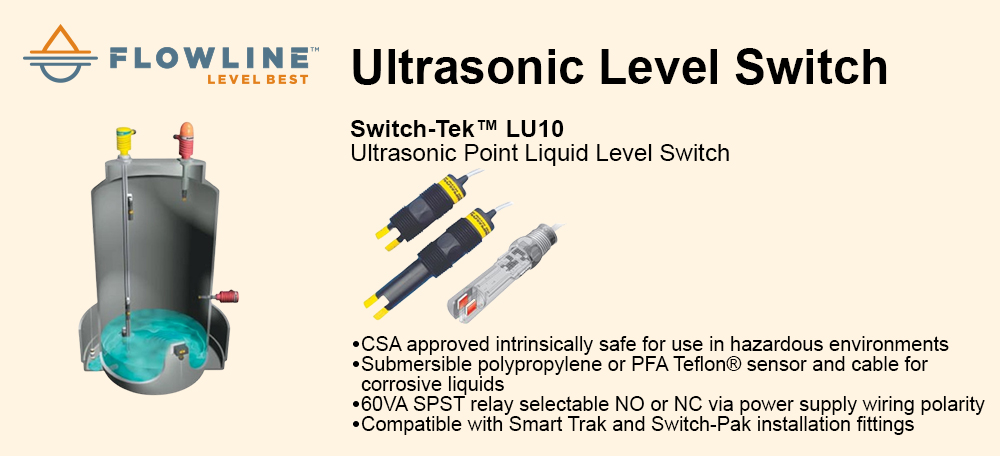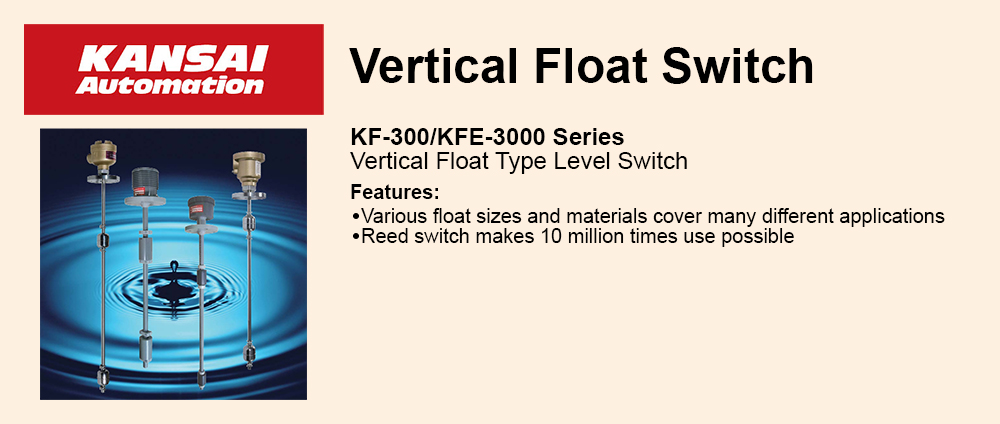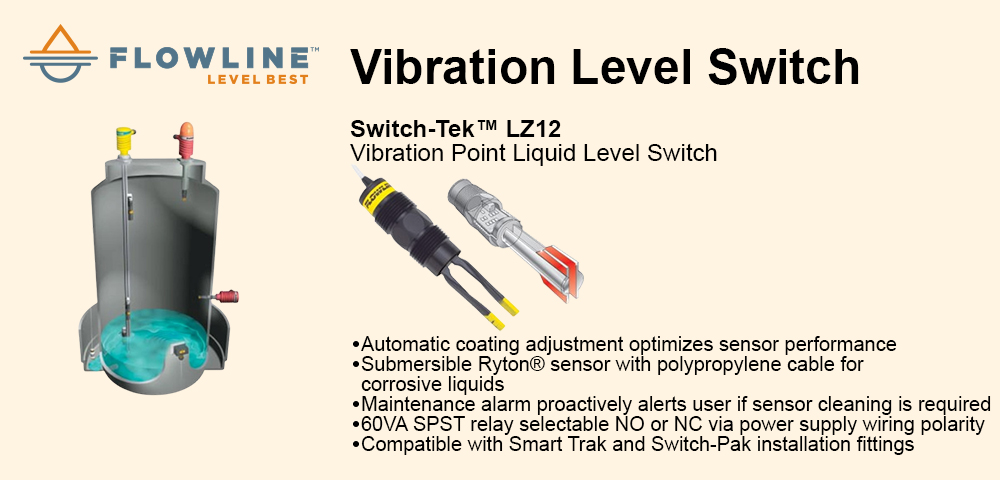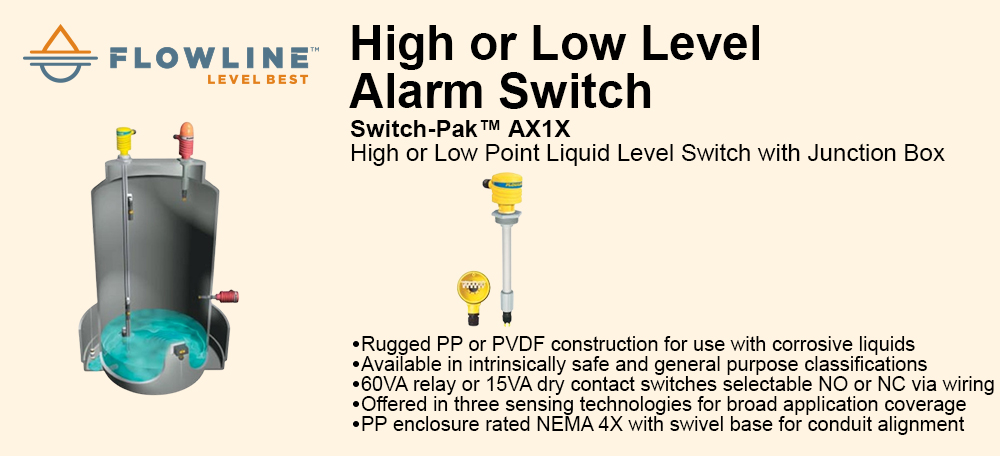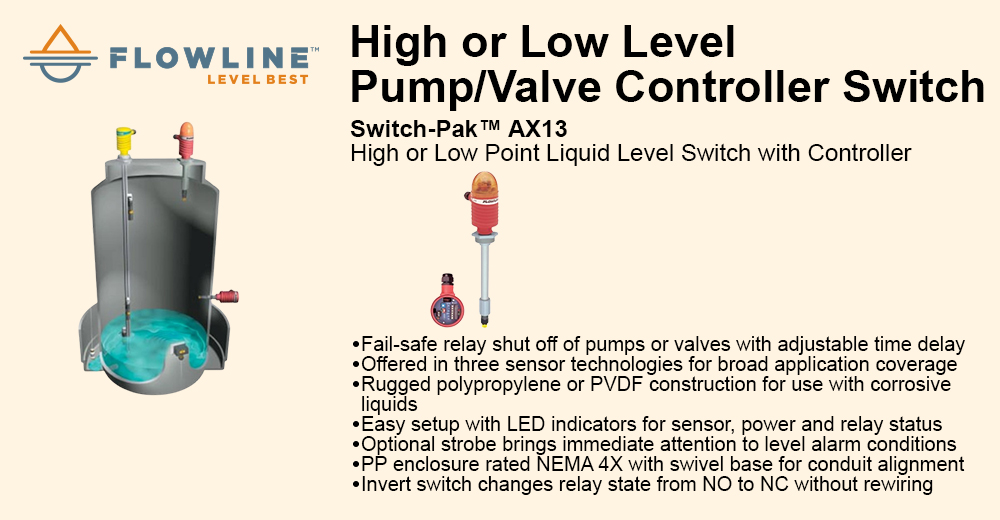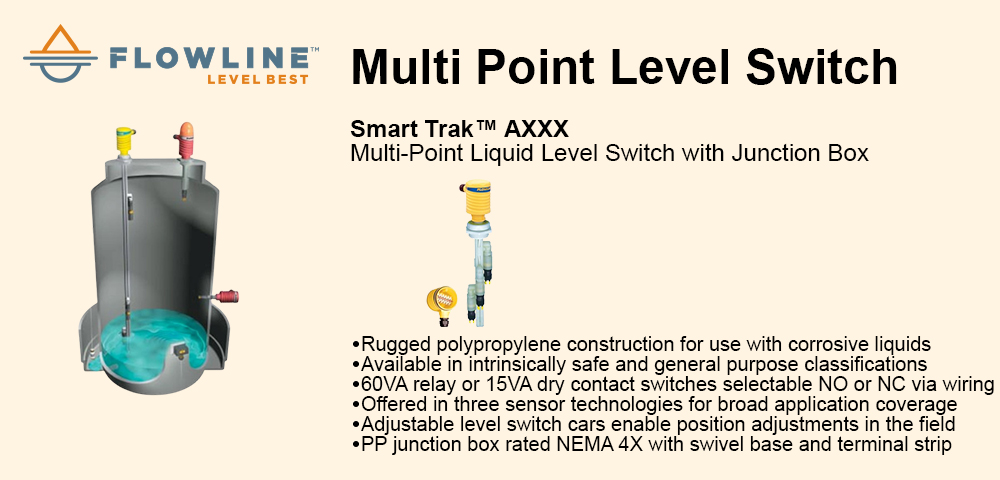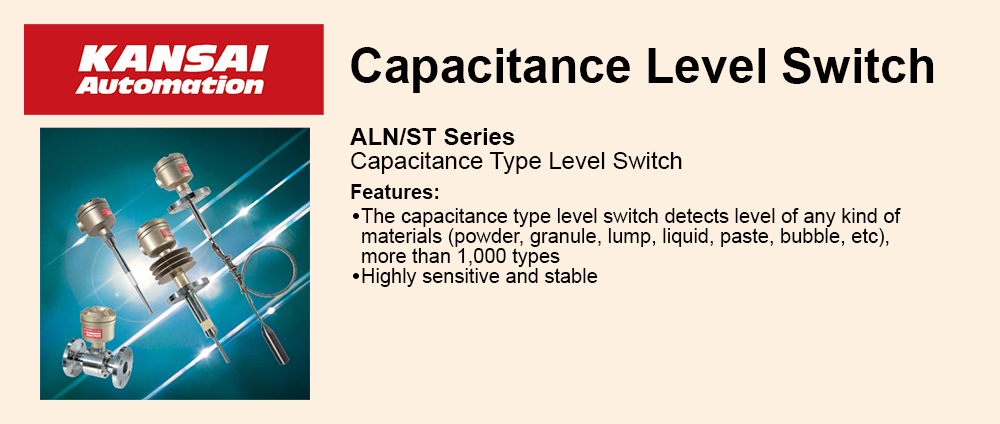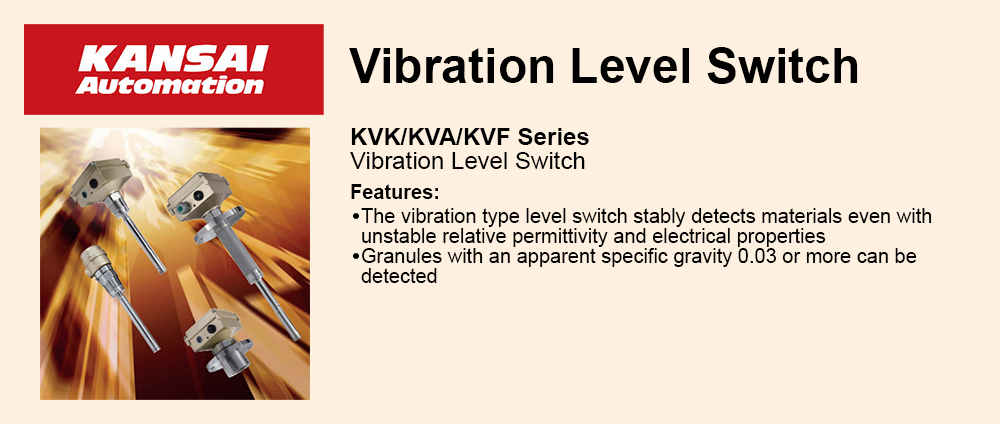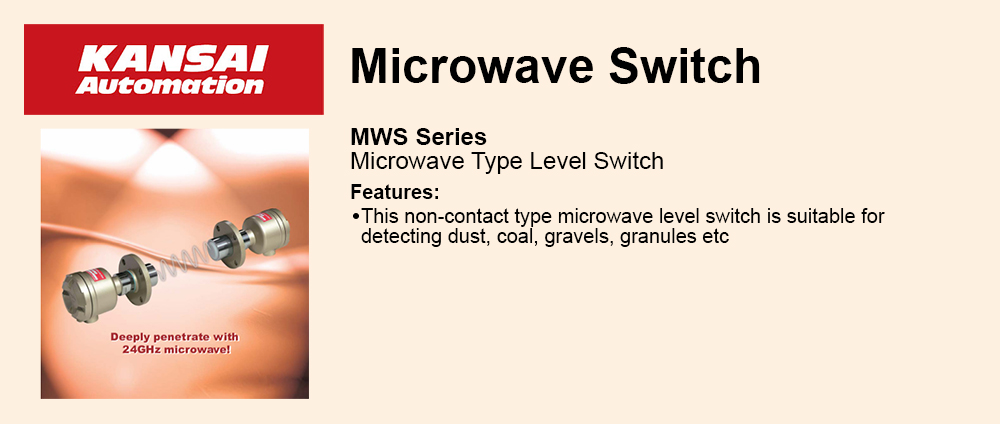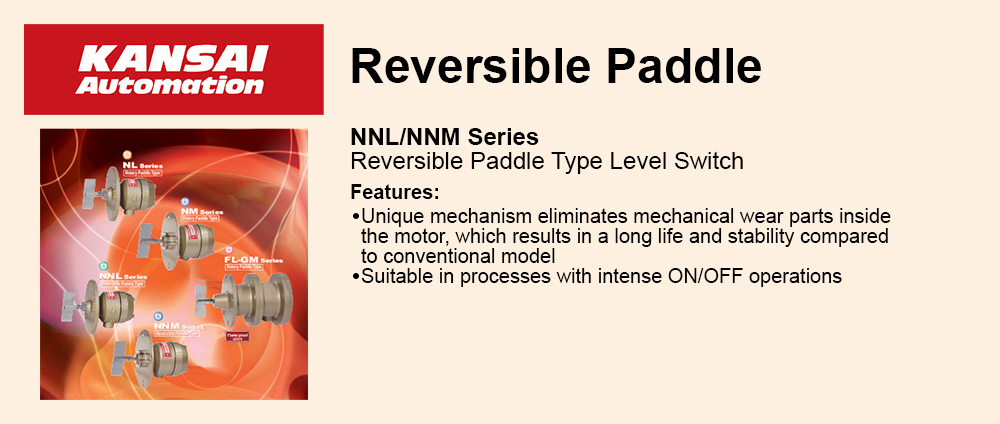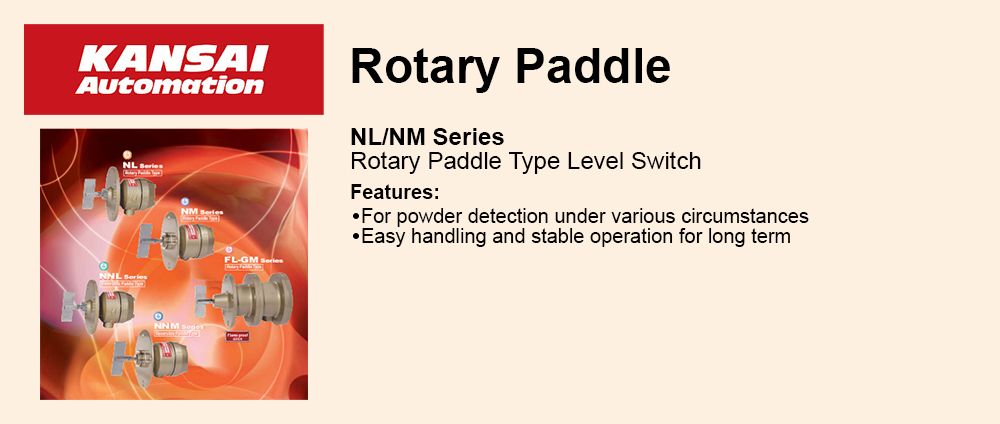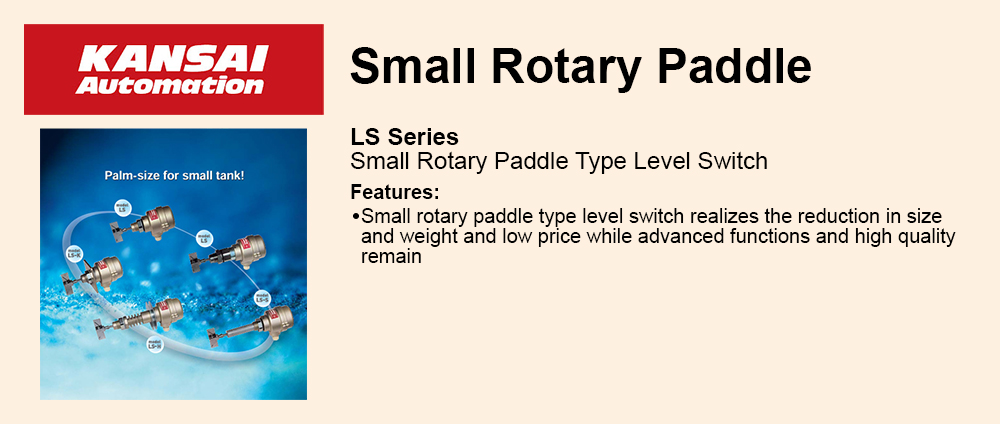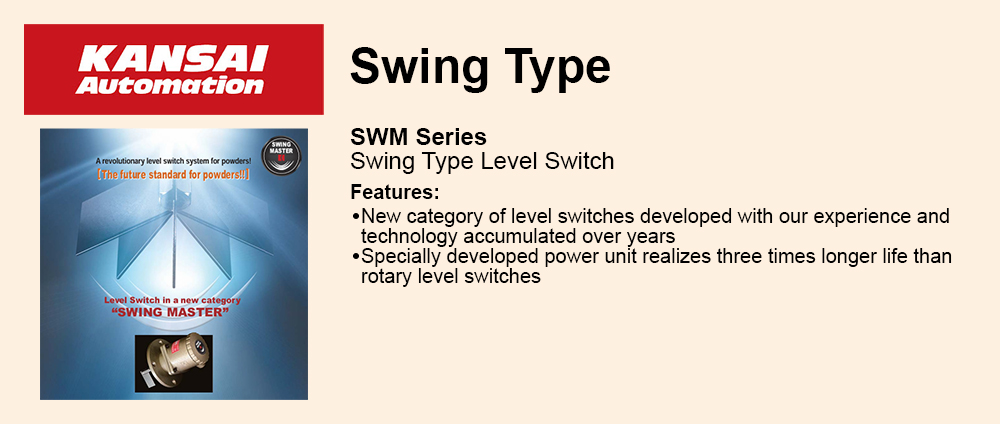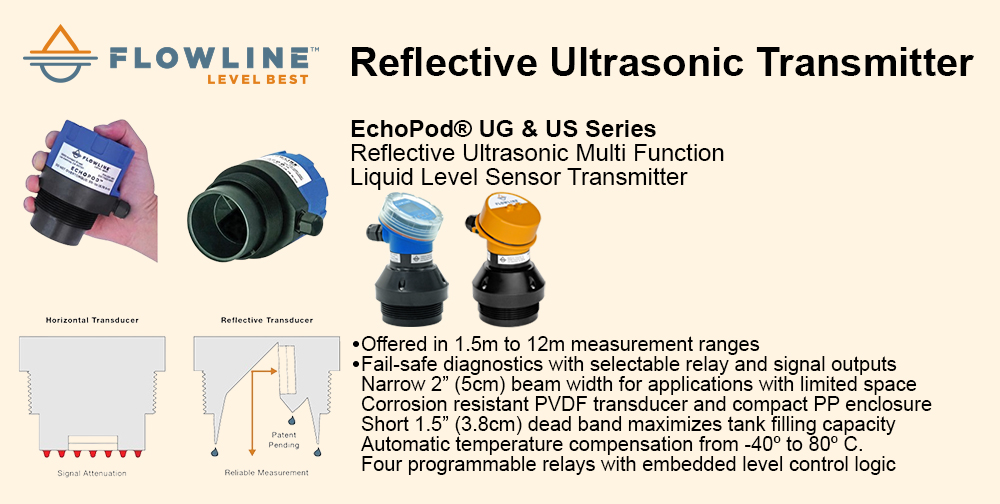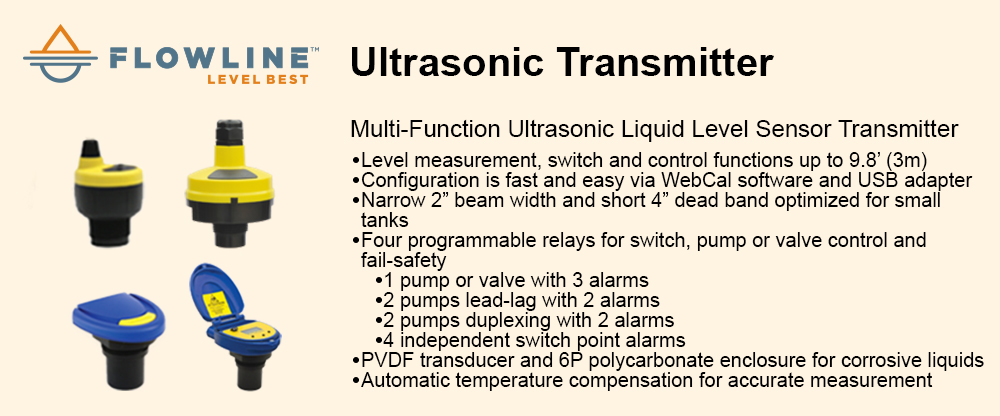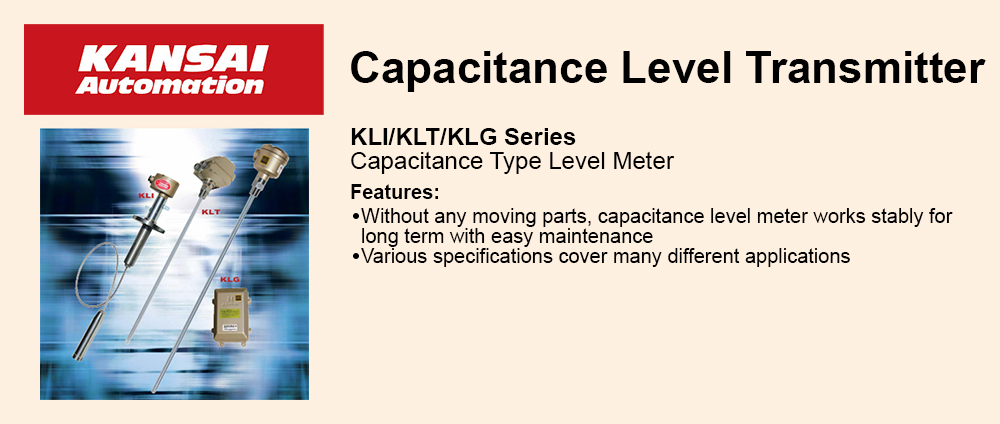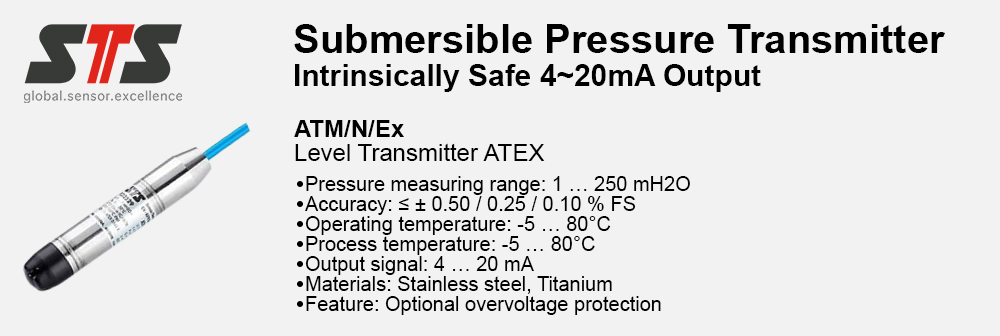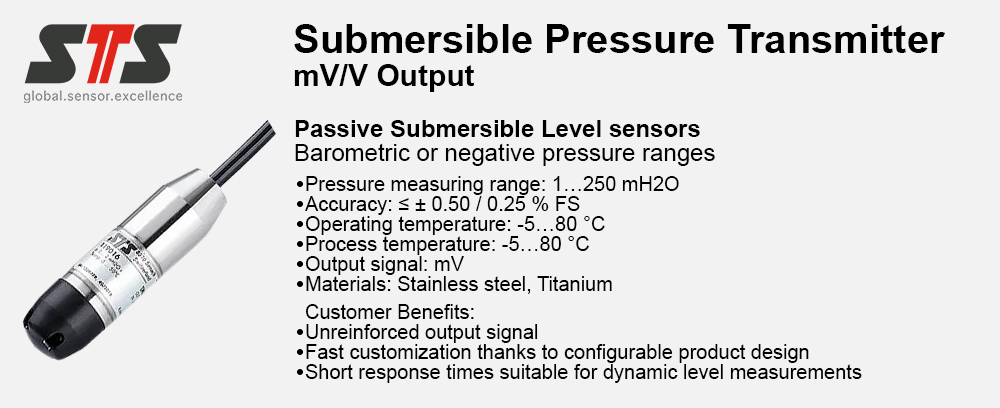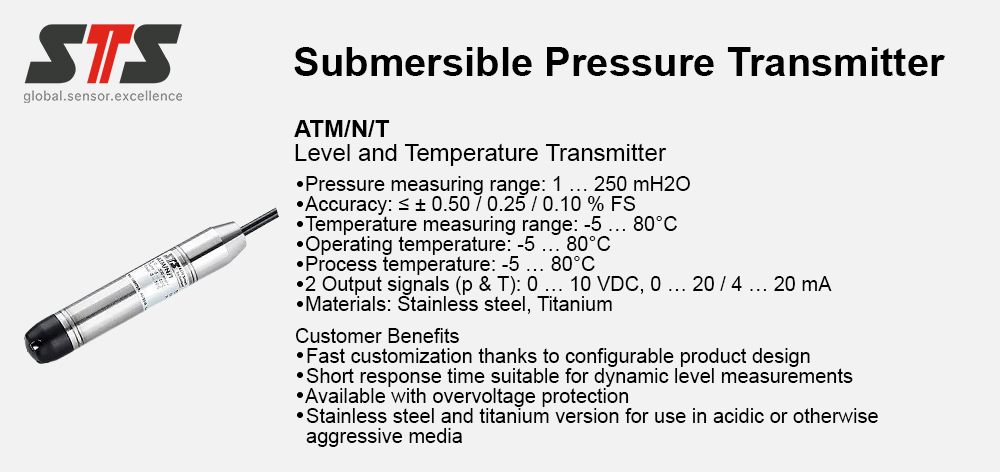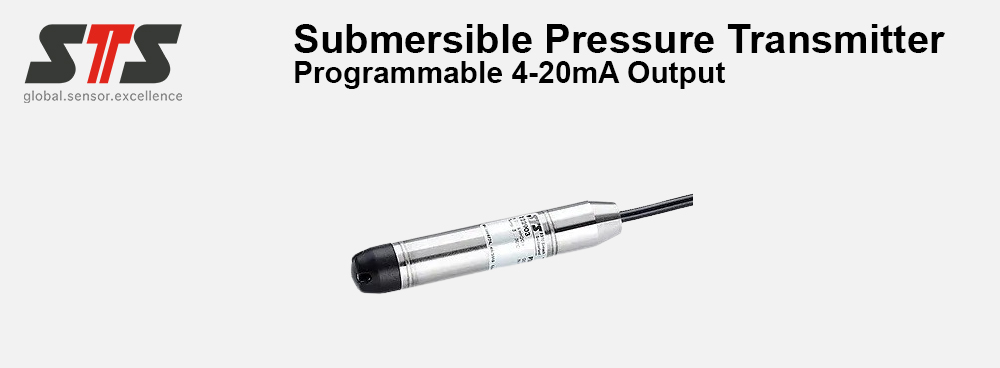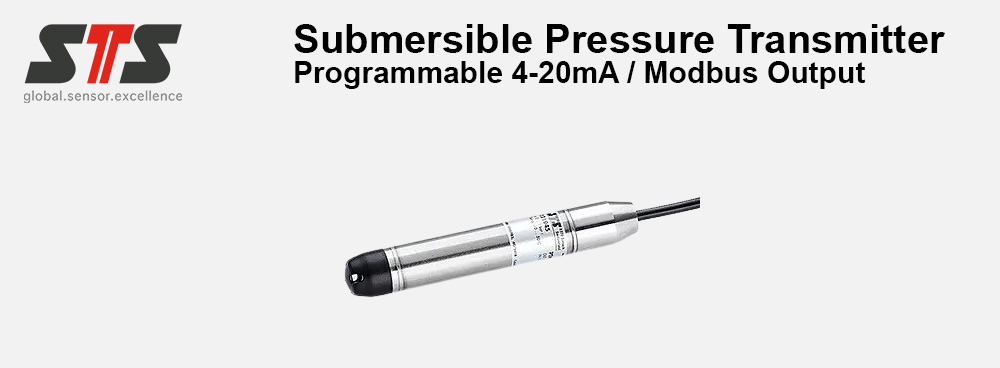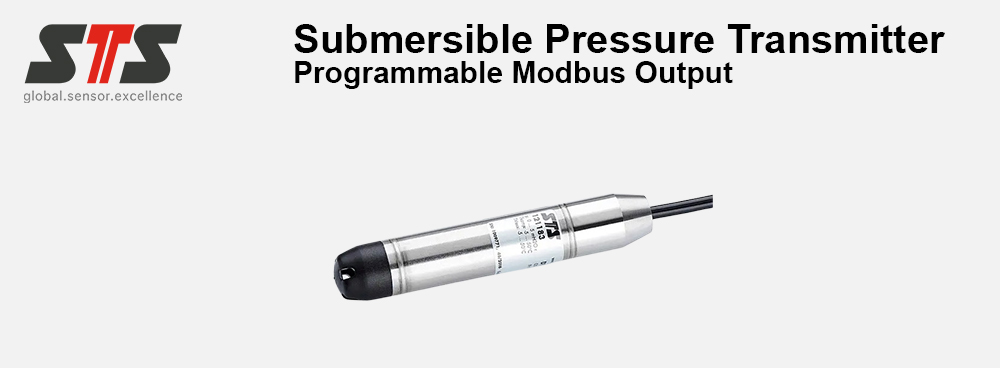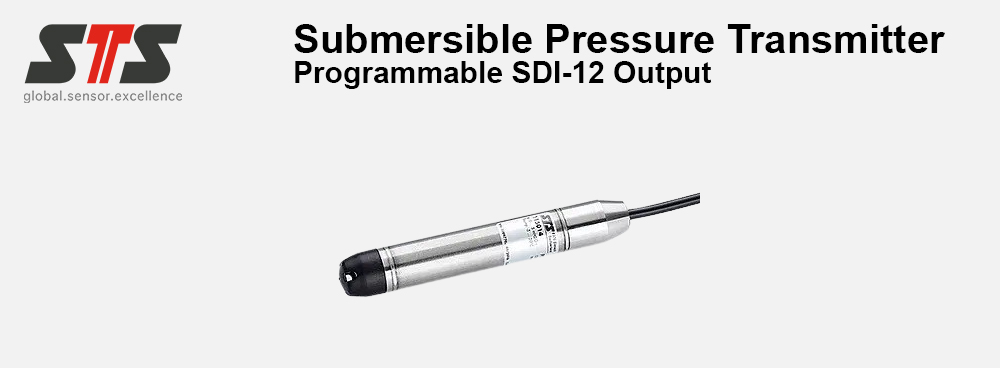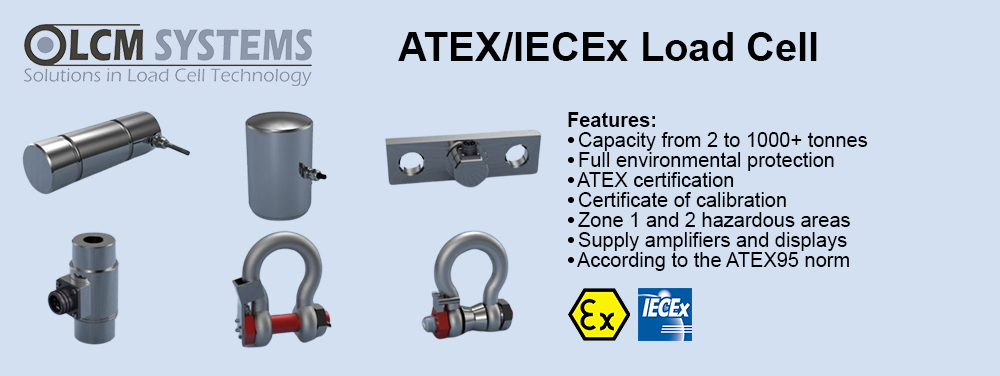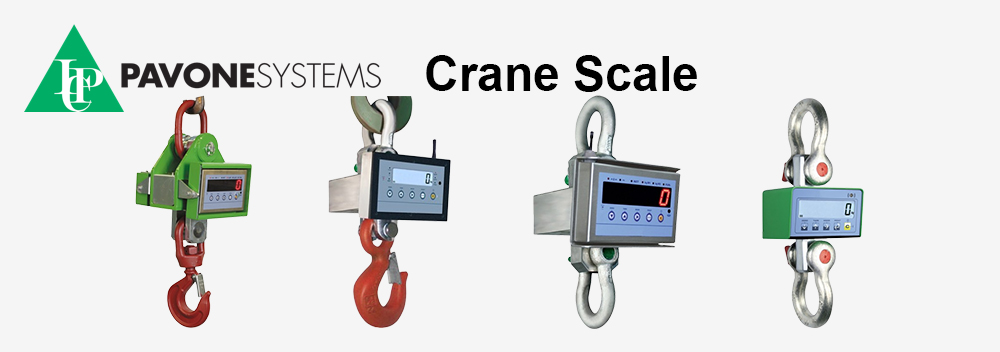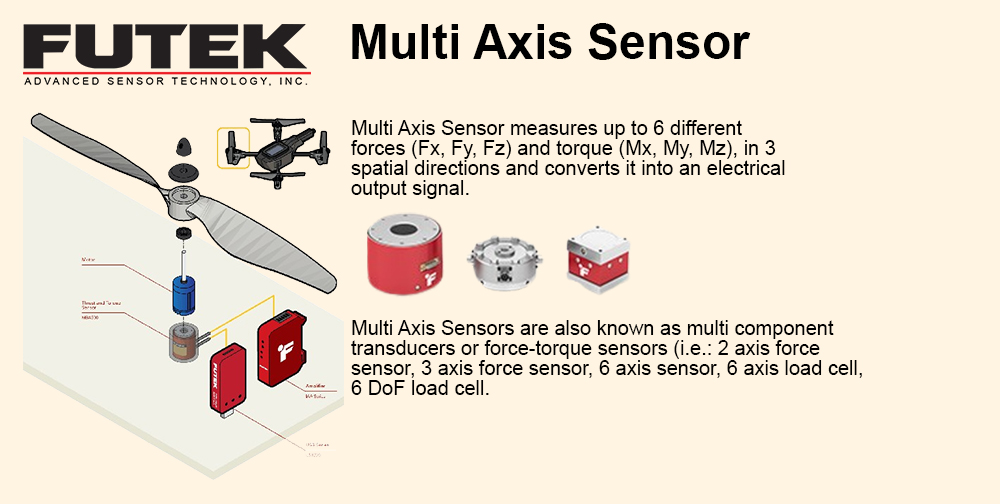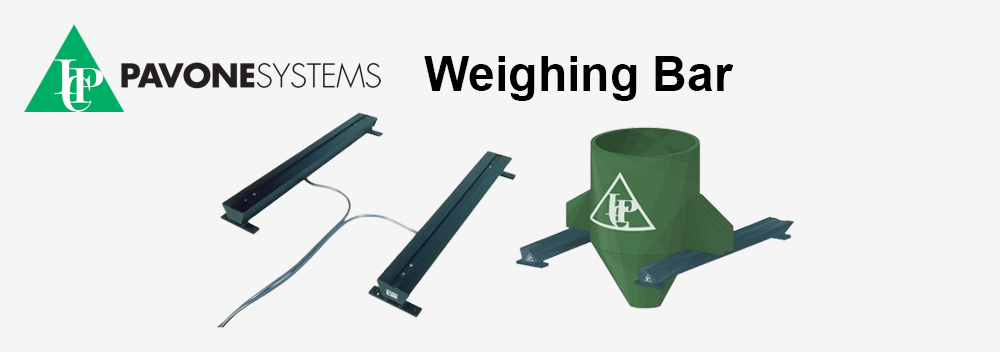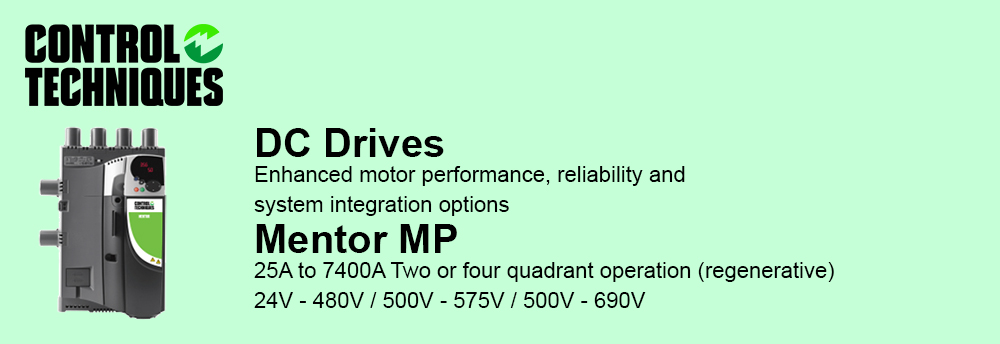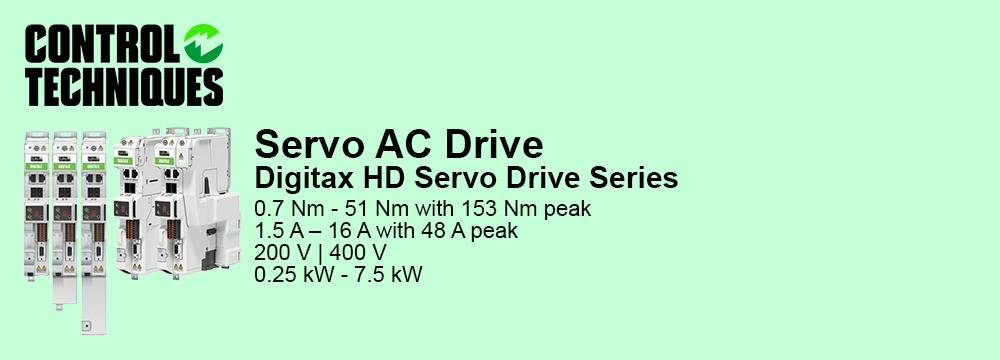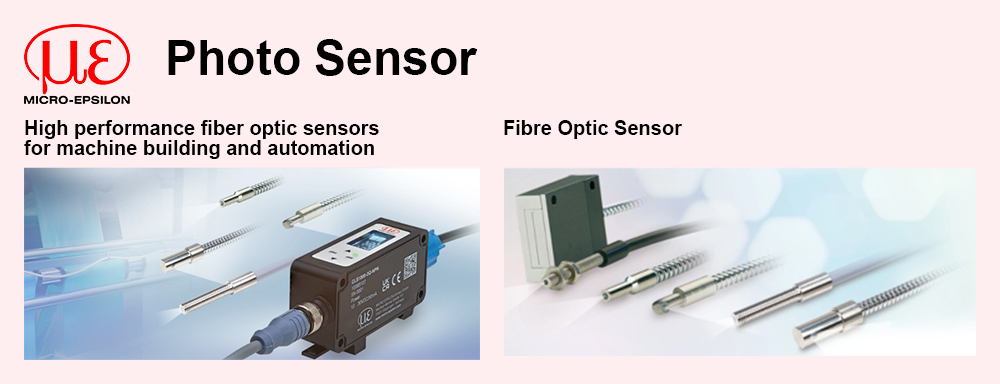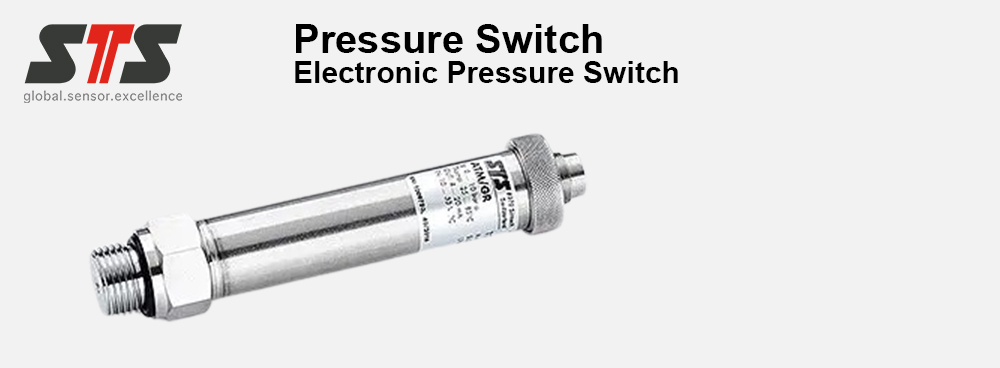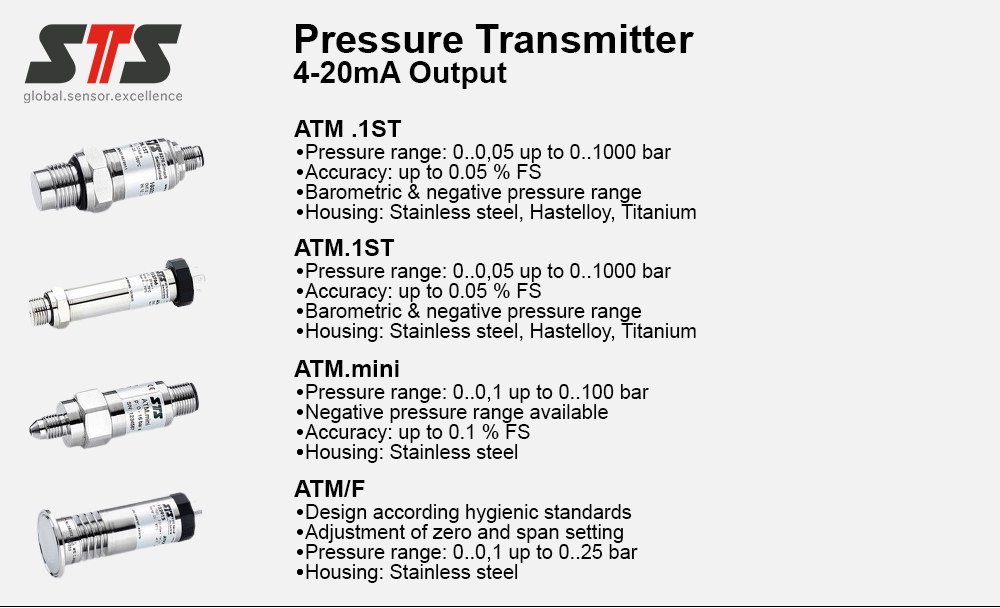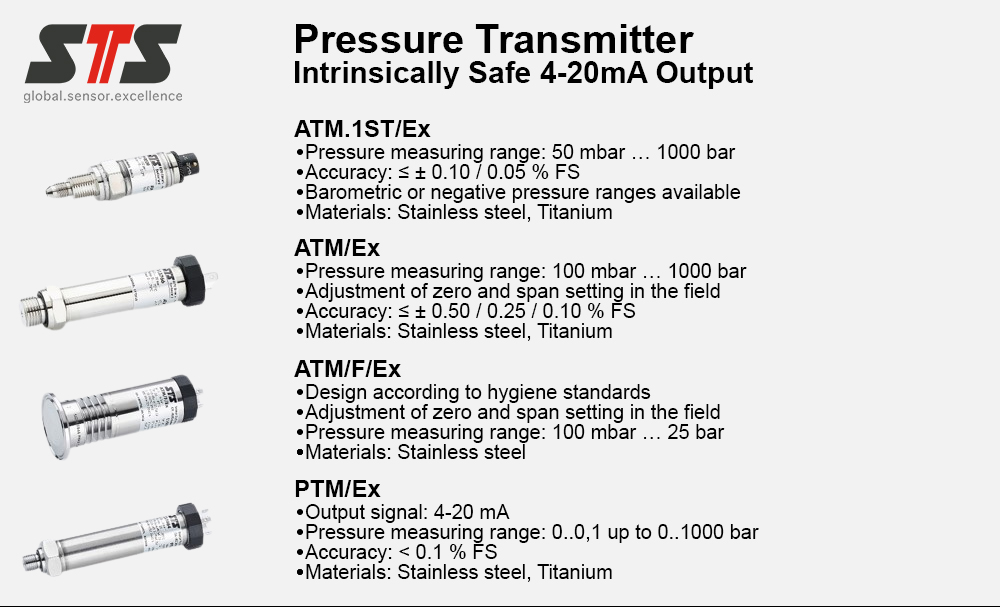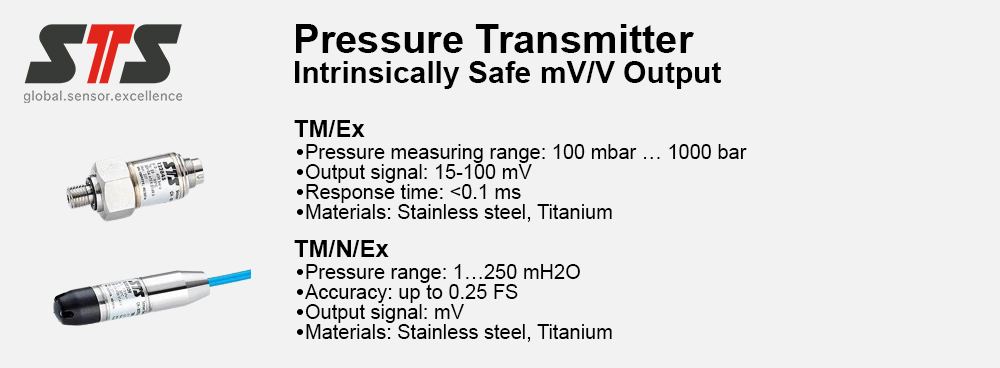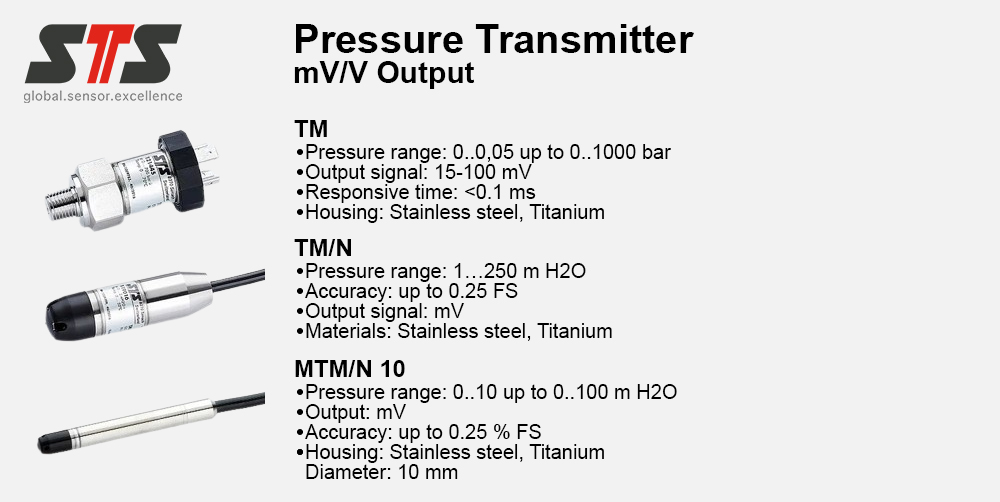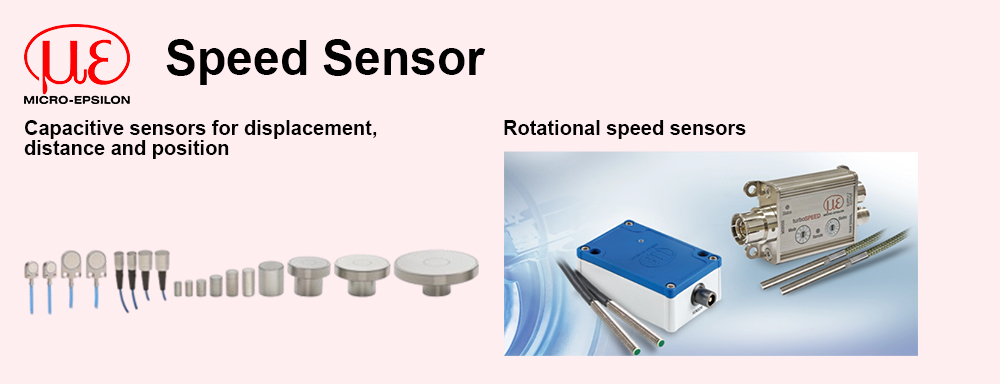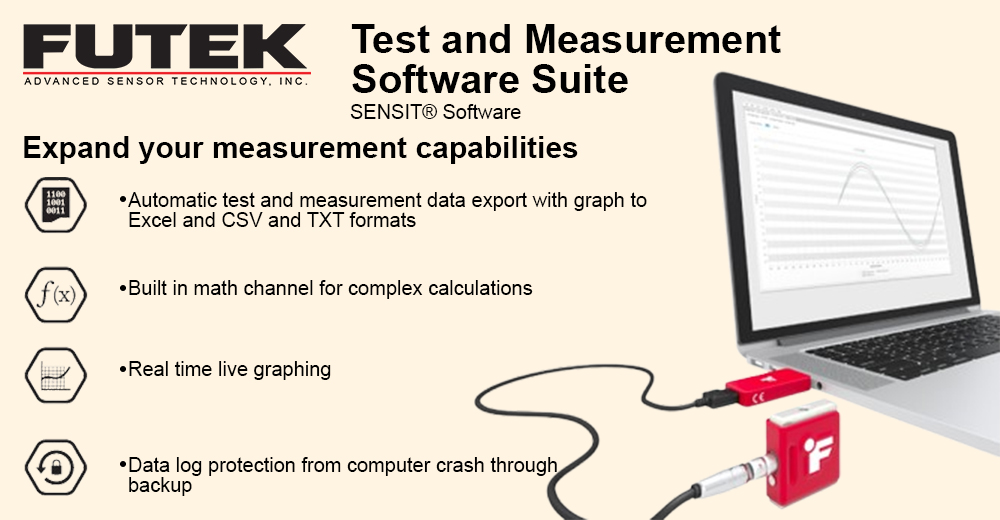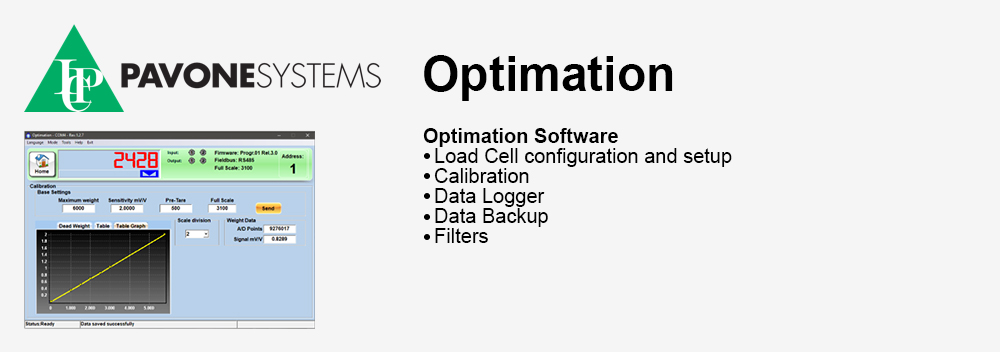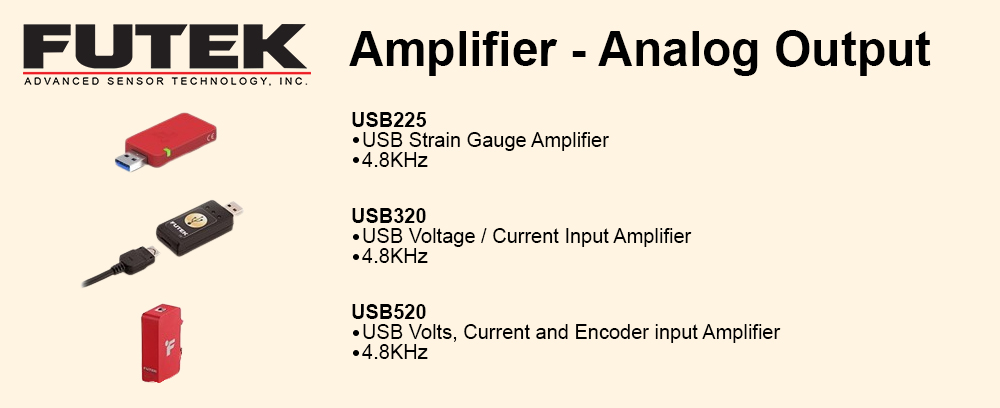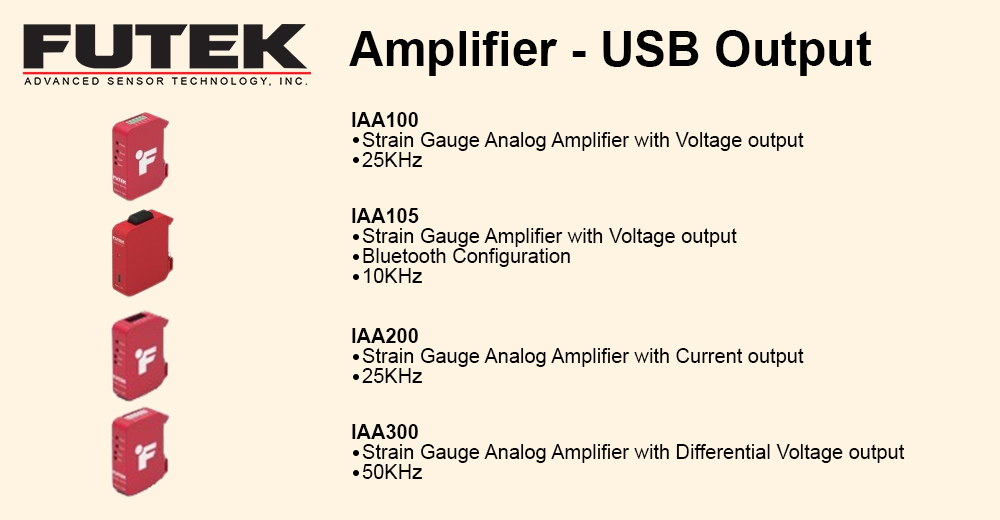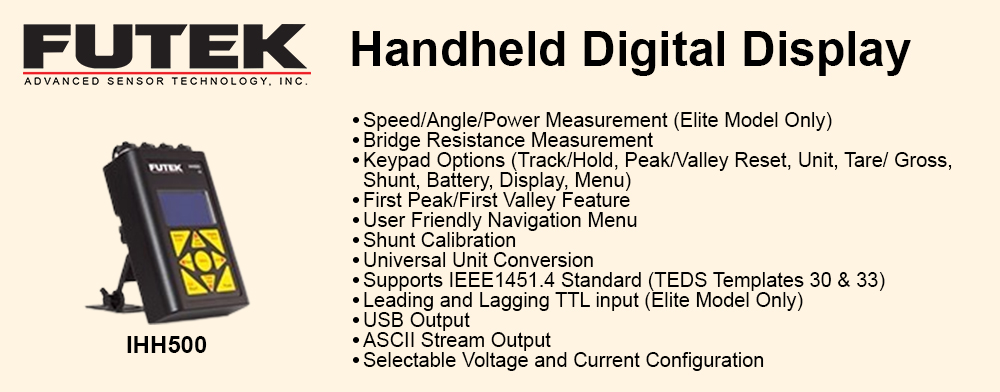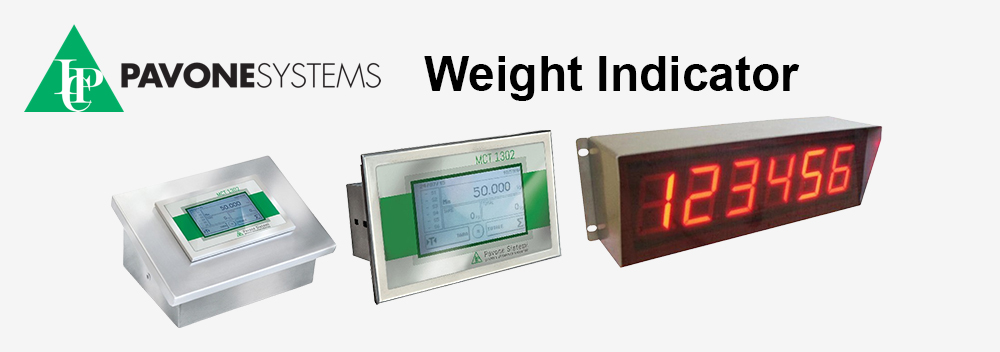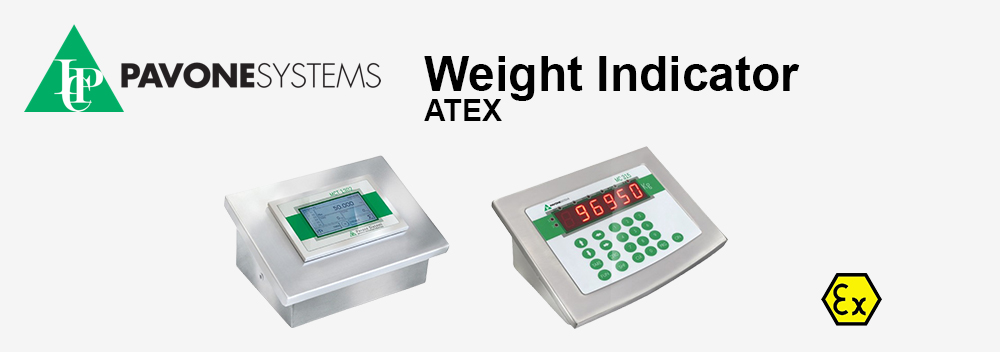Hydraulic systems, pneumatics |
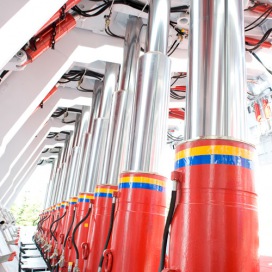 Valves are responsible in hydraulic systems and pneumatics that forces are routed where they are needed. Automatically functioning valves must also be checked for function which can best be achieved using displacement sensors. This also applies for many other components where the displacement measurement can also be completely integrated depending on requirement. |
Filling level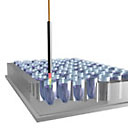 A filling level measurement situation can arise with a liquid substance as well as with dry, bulky goods. The precise measurement of liquid levels is difficult to achieve, nevertheless, the confocal measuring technique is a suitable solution for this problem. Light is also reflected on the surface of liquids and thus provides a reliable result. Filling levels of dry bulk materials are easier to measure due to the surfaces. The ILR Time-of-Flight sensors are suitable for deep containers. Laser sensors from the optoNCDT group are available for shorter sections. Sensor technology applied |
| __________________________________________________________________________________________________________ |
Liquid level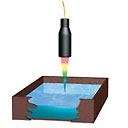 Precisely measuring the level of liquids is known in measuring technology as difficult to achieve. Nevertheless, the confocal measuring technique is suitable as a very good solution for this problem. Light is also reflected on the surface of liquids and thus provides a reliable result. Sensor technology applied |
| __________________________________________________________________________________________________________ |
Piston position in hydraulic valves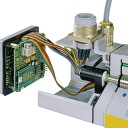 In hydraulic drives proportional and servo valves control the volume flow of hydraulic oil. In order that an exact dosage, and therefore a controlled movement is possible, displacement sensors are integrated into the valves. These sensors acquire the position of the control piston to regulate the volume flow. An accurate, non-contact and, above all, dynamic position acquisition is required for this. An inductive displacement sensor from MICROEPSILON best fulfills these requirements. Sensor technology applied |
| __________________________________________________________________________________________________________ |
Dosing systems for high-viscosity glues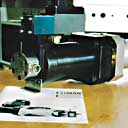 In the automotive industry piston dosing systems are used for glueing car windscreens and windows. These dosing systems supply the highviscosity glue to the application gun in an exactly controllable way. The volumetric flow control required for this purpose is achieved by means of a suitable long-stroke sensor in the hydraulic cylinder. The travel signal of the piston is differentiated, and the speed signal deducted from this is supplied to the closed-loop control circuit. The filling volume is determined through the position of the piston. Sensor technology applied |
| __________________________________________________________________________________________________________ |
Lubrication gap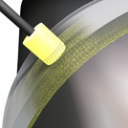 Sliding bearings are used for crankshaft bearings in the engine. A specific minimum distance is required so that the bearing operates as wear-free as possible. Miniature eddy current sensors are integrated in the bearing for this. They measure the distance through the bearing half-shell on the crankshaft. It can thus be established whether sufficient oil is lubricating the shaft in the bearing. If the film of oil breaks down, the distance to the shaft must be almost zero. This is because a certain minimum clearance from the bearing to the shaft is required due to the viscosity of the oil. Sensor technology applied |
| __________________________________________________________________________________________________________ |
Pneumatic slide valve position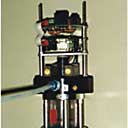 Pneumatic control valves are employed in chemical engineering for regulating liquid and gaseous media. In order to achieve a constantly high level of process reliability, the flow rate must be controlled exactly. A slide is driven pneumatically, changing the opening for the flow. An inductive displacement sensor, which measures the slide position, is joined to the slide. A microcontroller handles the control and evaluation of the displacement sensor along with the closed-loop control, parameterization and bus linkage of the control valve. Due to the already existing controller, the position measurement is realized for practically no cost, apart from a few passive components. Sensor technology applied |
| __________________________________________________________________________________________________________ |
Valve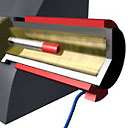 The control piston in a valve controls the oil flow to the hydraulic cylinder. As the piston moves back and forth, drilled holes in the valve body are covered and uncovered. The piston is moved by a linear motor. For this measurement, the sensor induNCDT series LVDT from Micro-Epsilon is used. The sensor is mounted on a pressure pipe located on the valve. In this pressure line a freely moving plunger is guided, which is permanently fixed to the spool. The sensor acquires the plunger through the metal of the pressure line and in this way determines the exact position of the spool. The plunger forms a passive position transmitter having a number of advantages. The measurement occurs without contact and is not subject to pressure, because the sensor is mounted outside of the pressurised region. Sensor technology applied |
| __________________________________________________________________________________________________________ |
Inspection of valve cones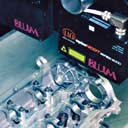 During the automated assembly of cylinder heads, the proper seating of the valve cones is monitored with optoNCDT laser-based triangulation sensors. This prevents valves from dropping into the combustion chamber. The axial adjustment to the relevant measurement position occurs via electric motor. Sensor technology applied |




